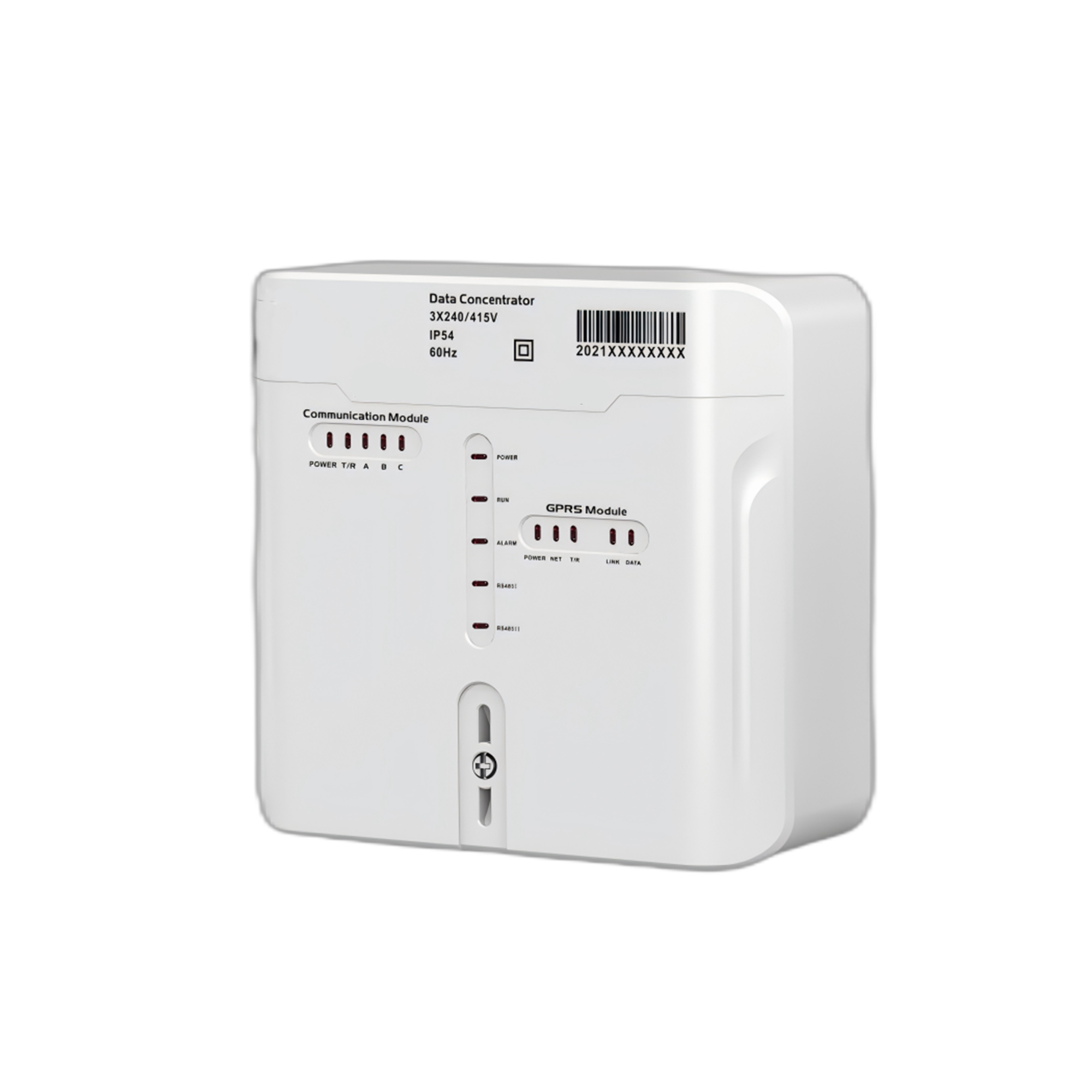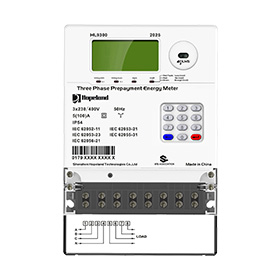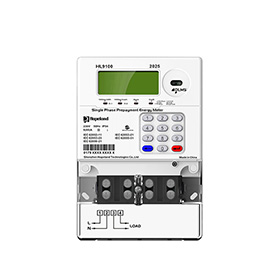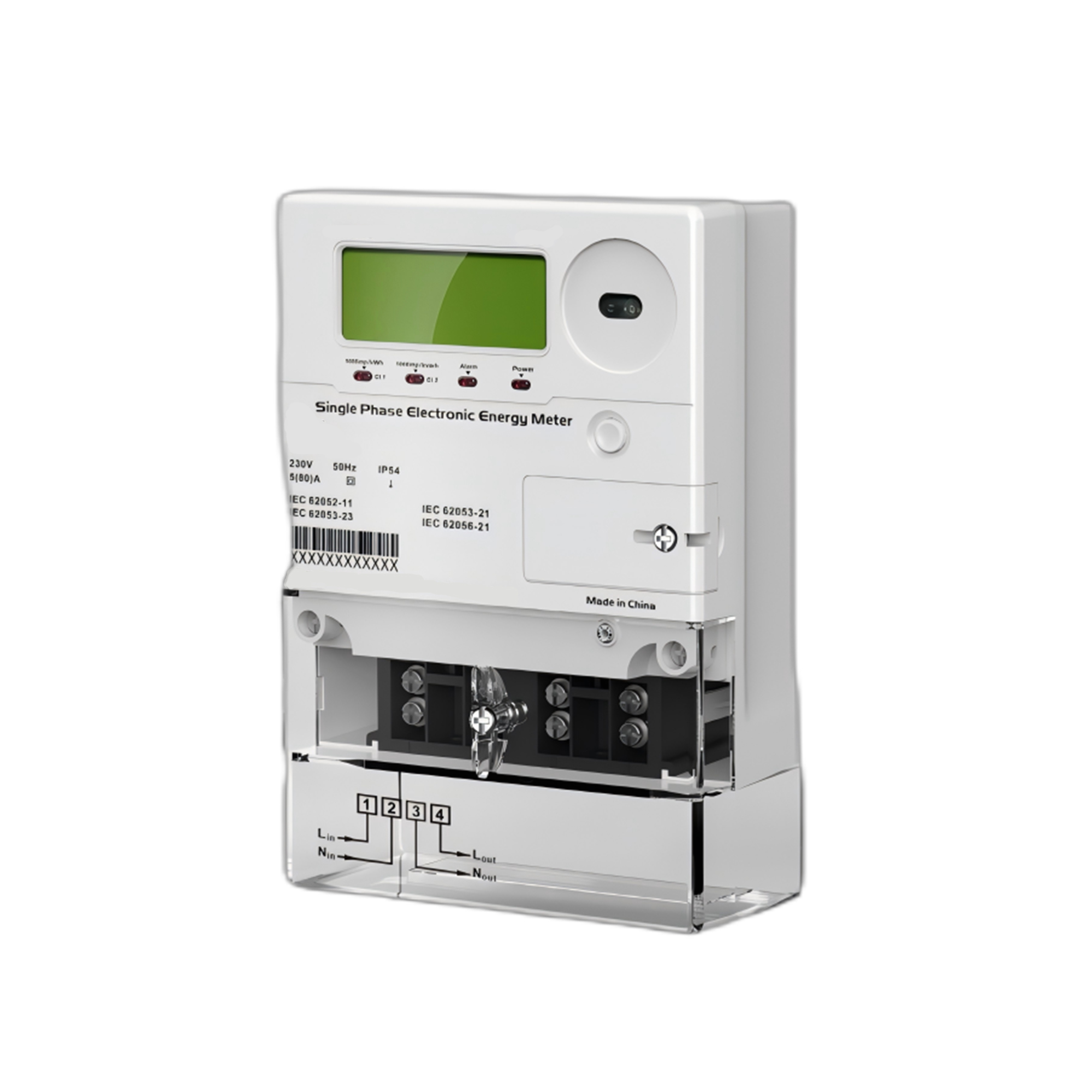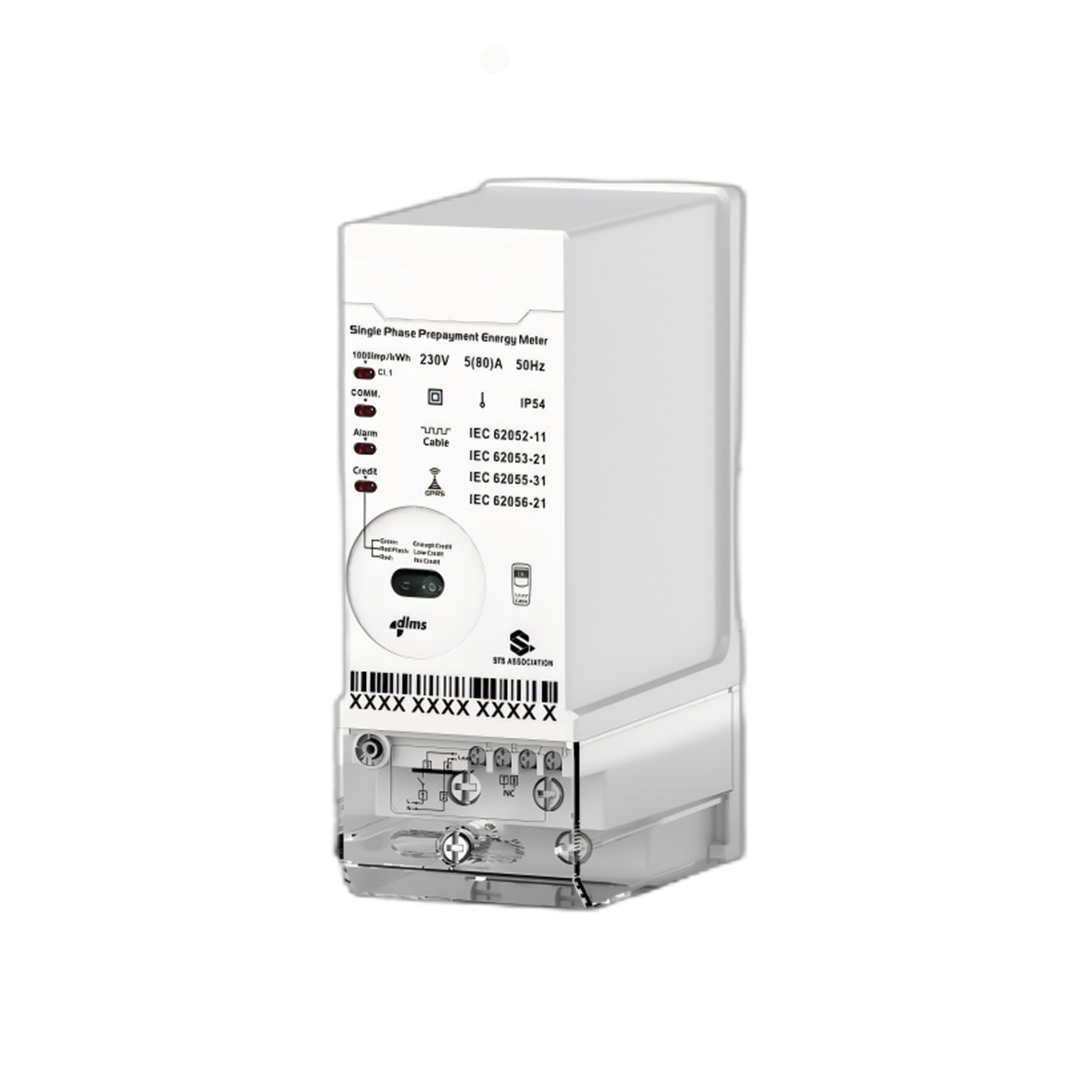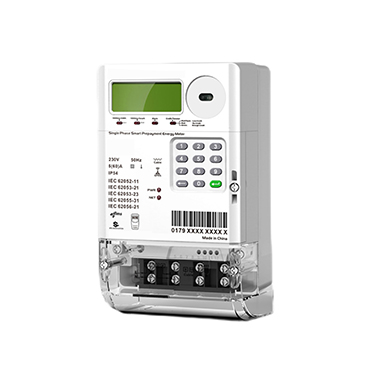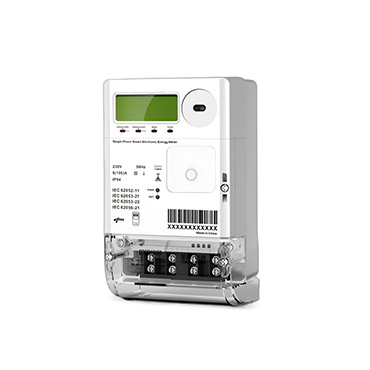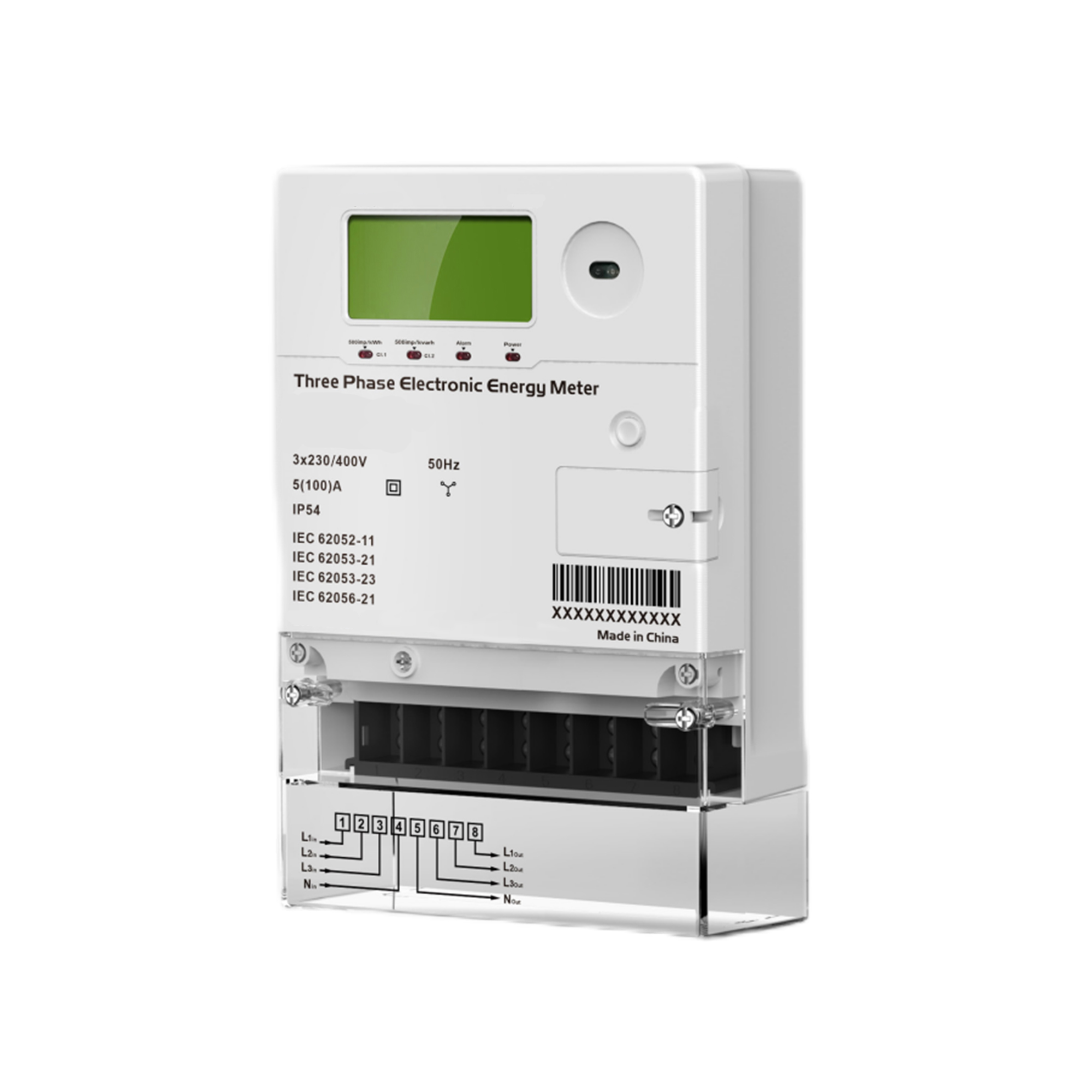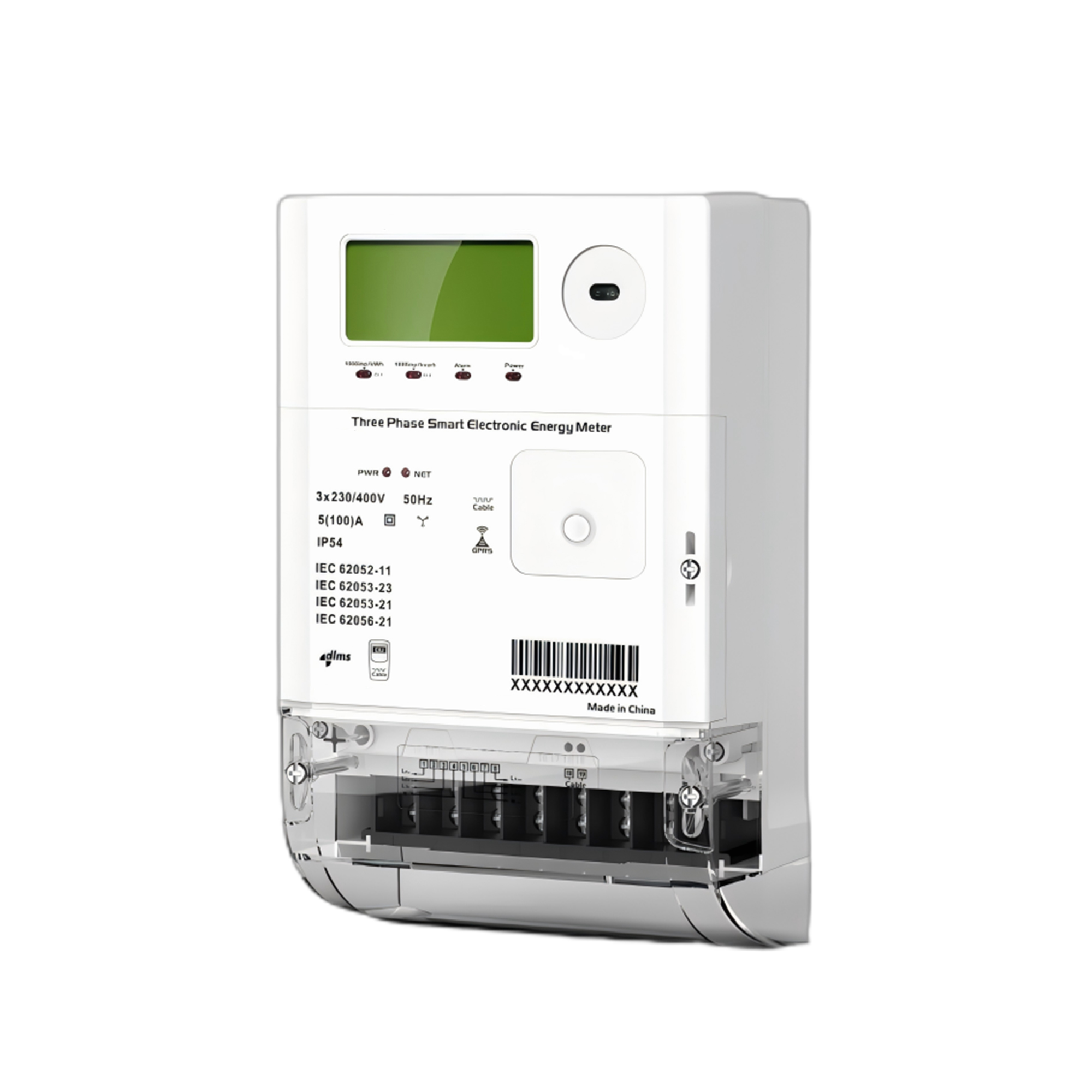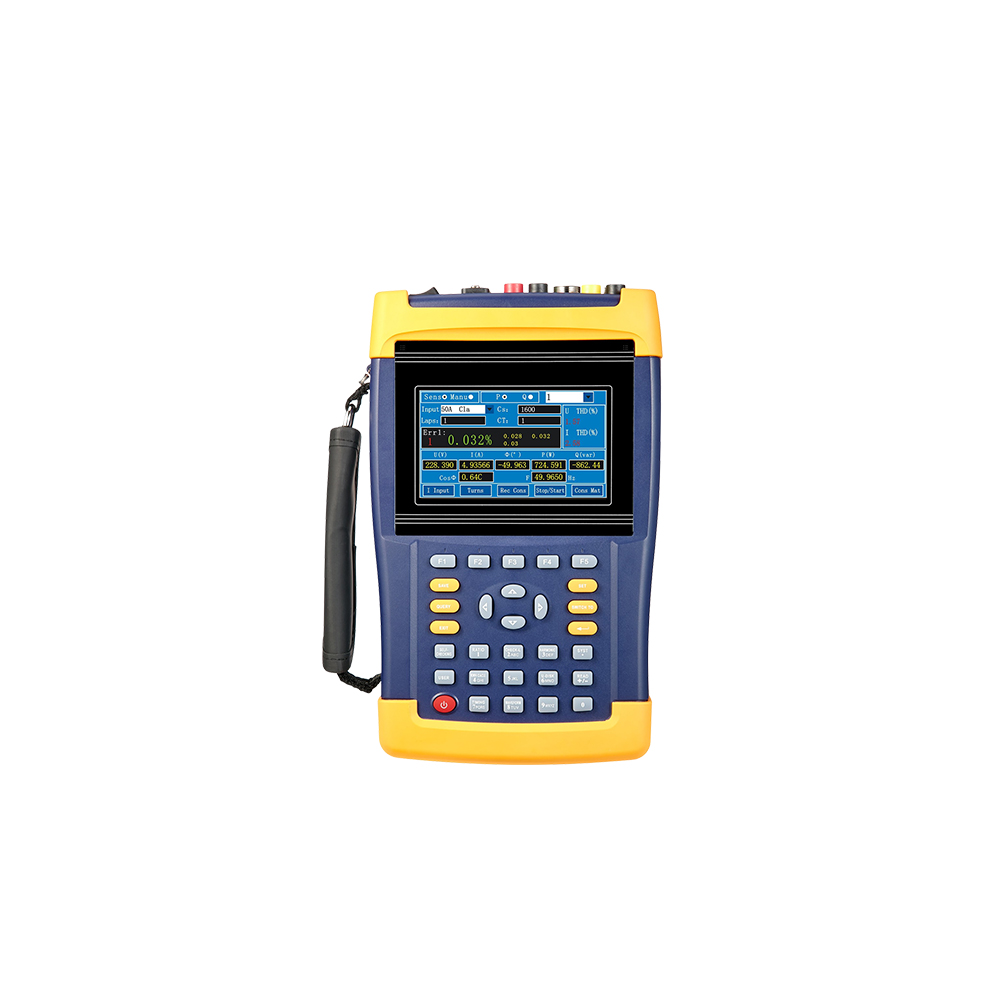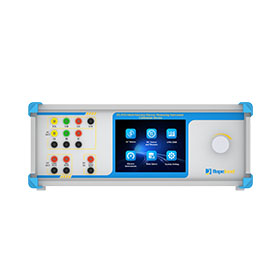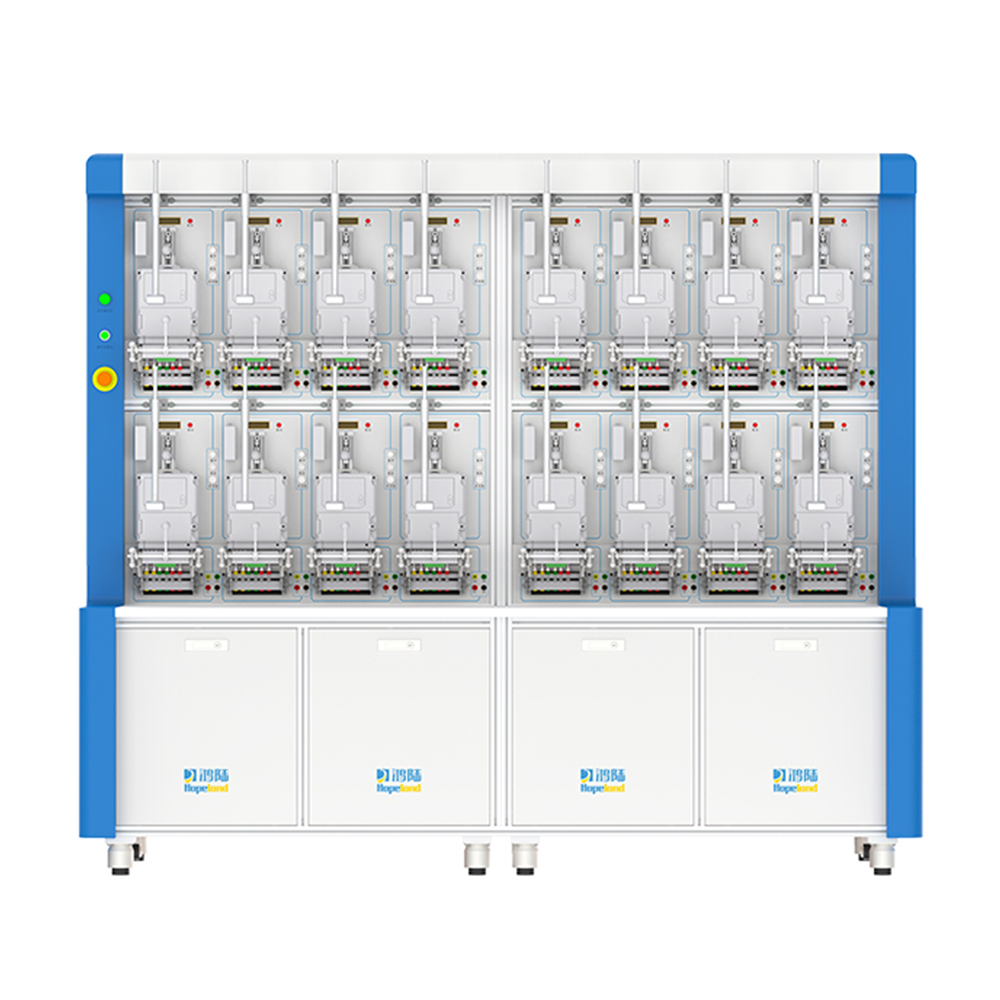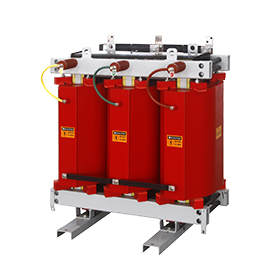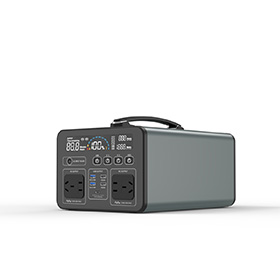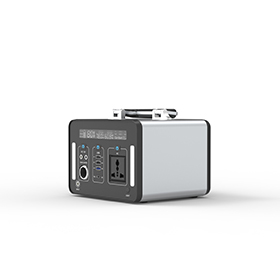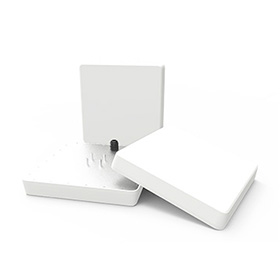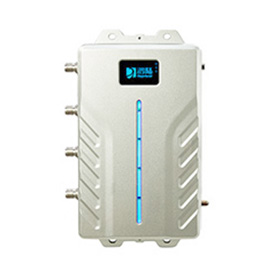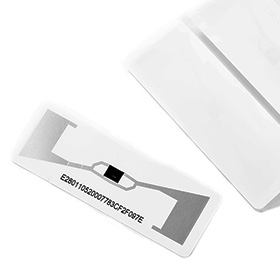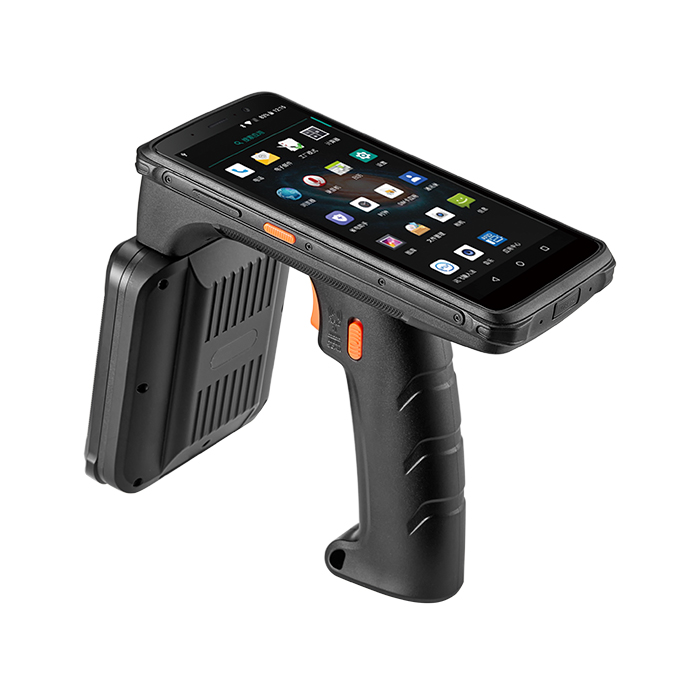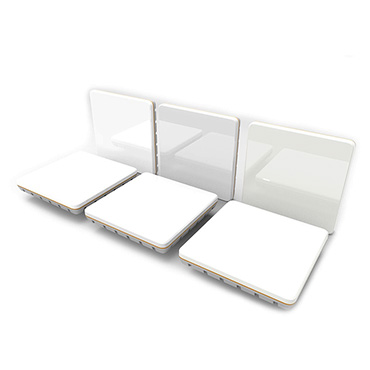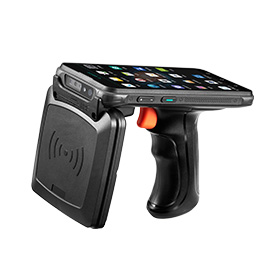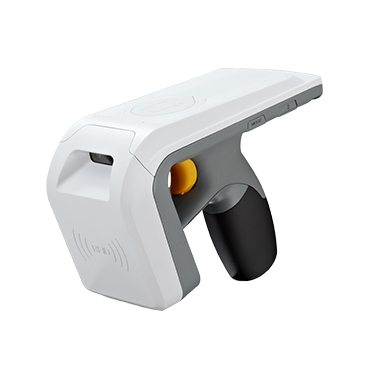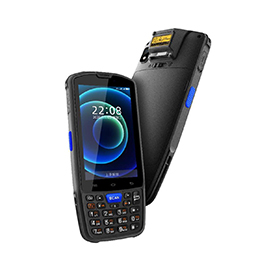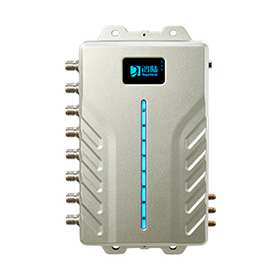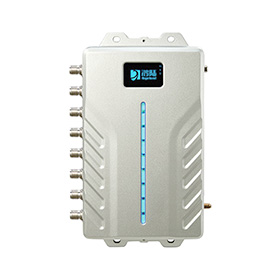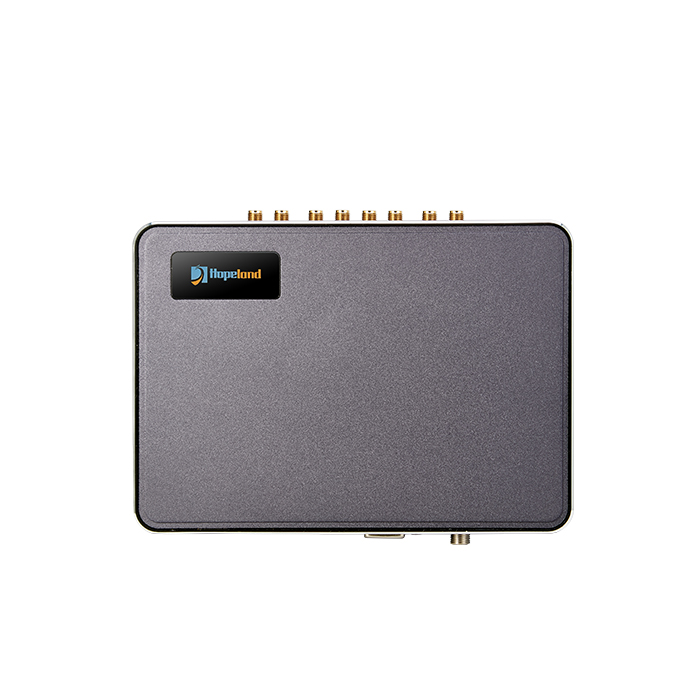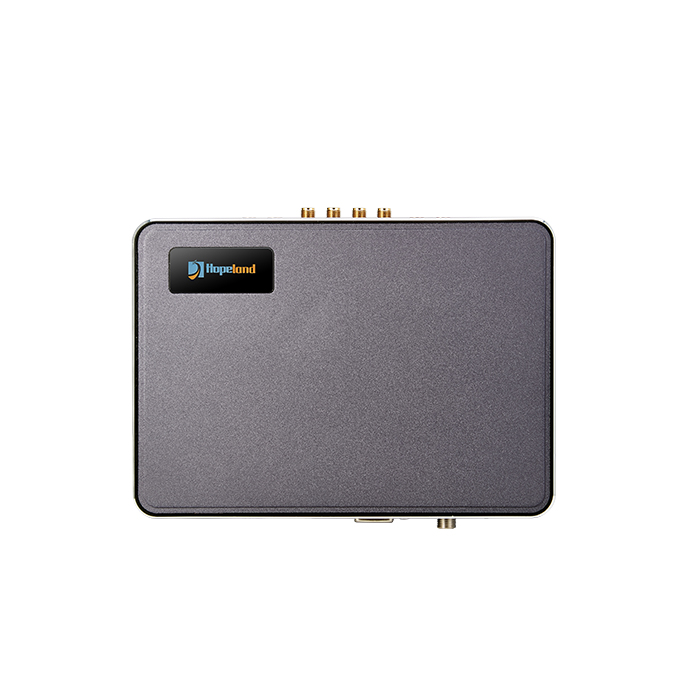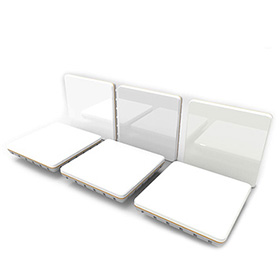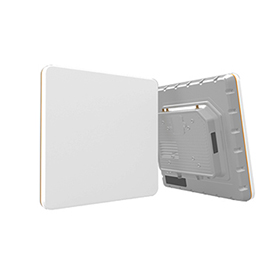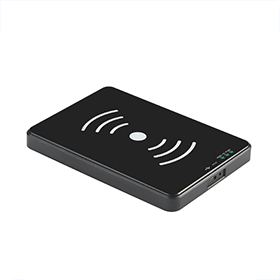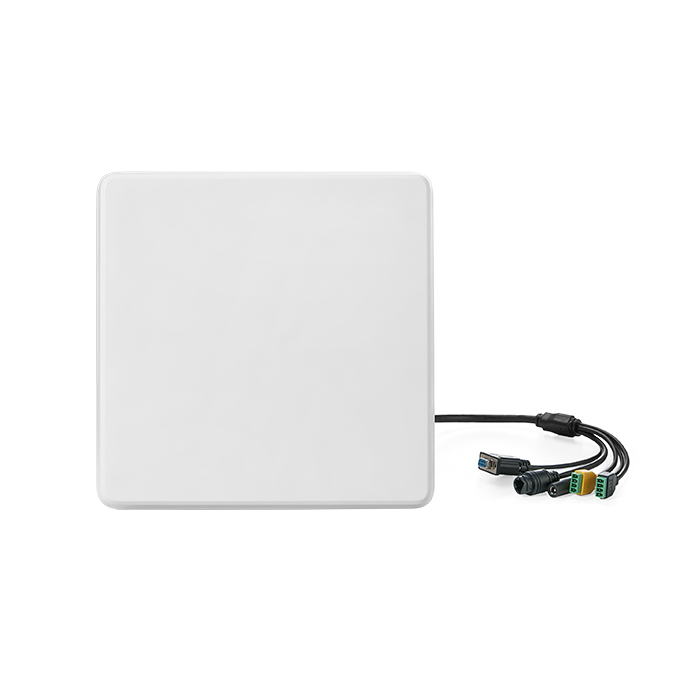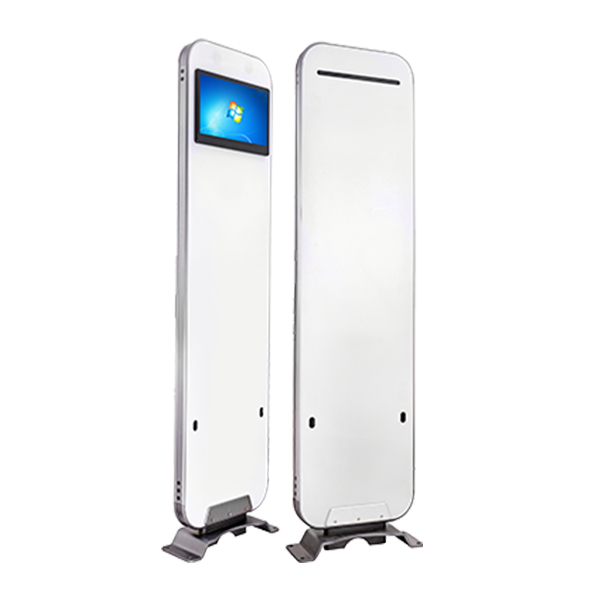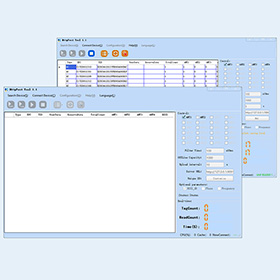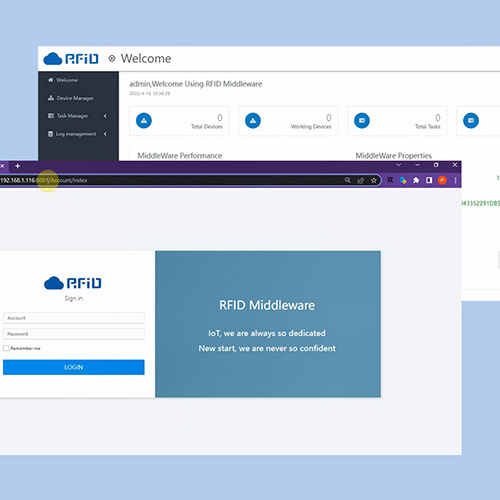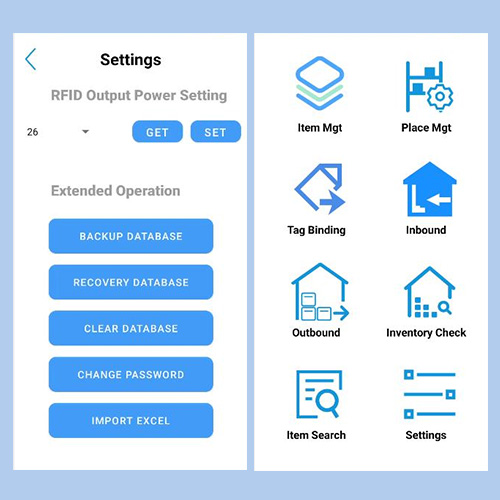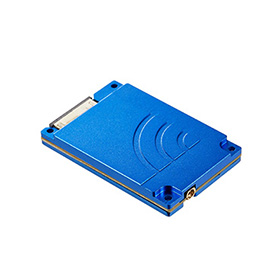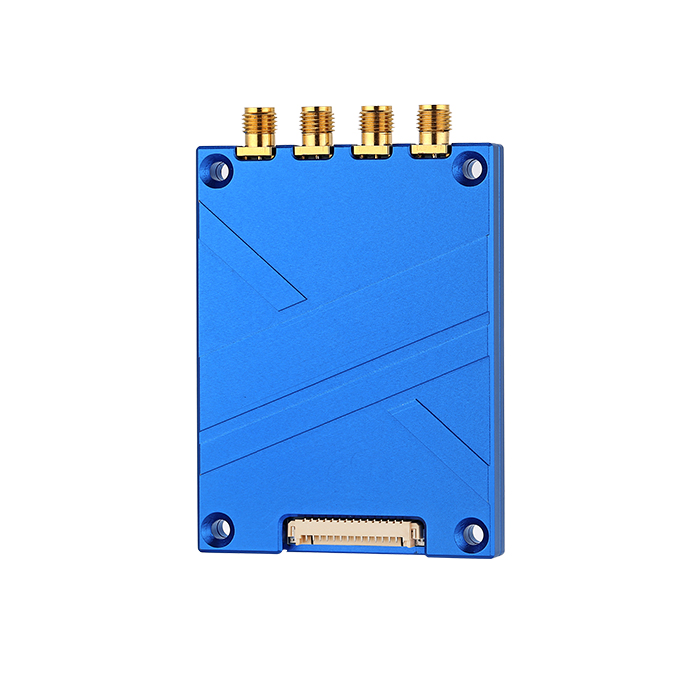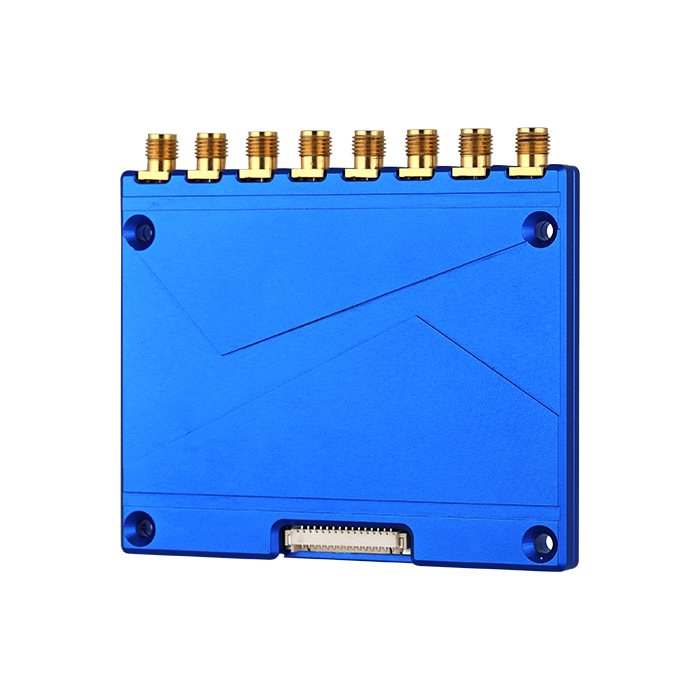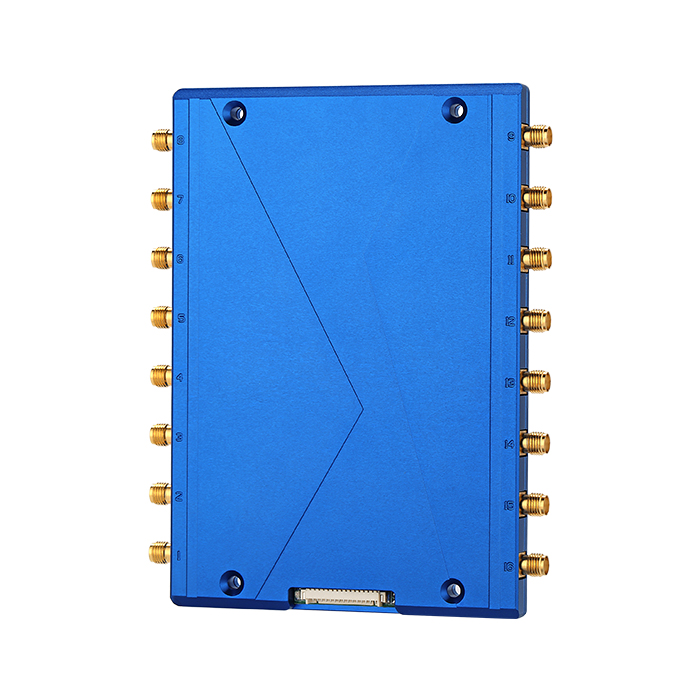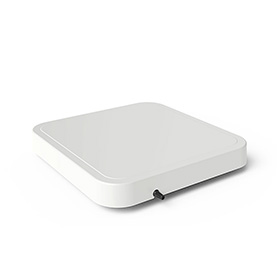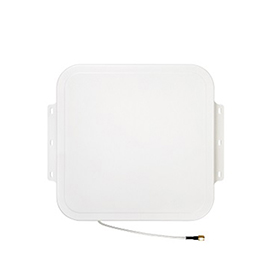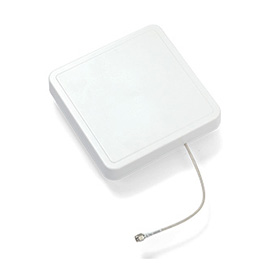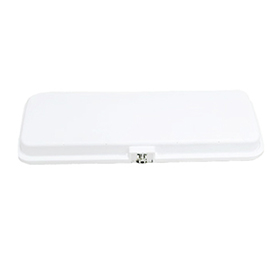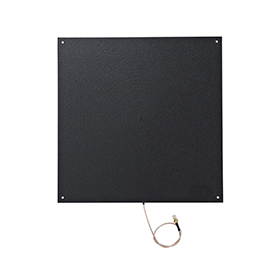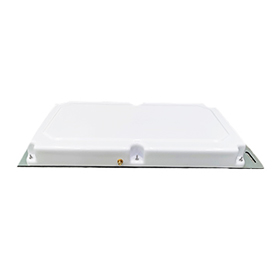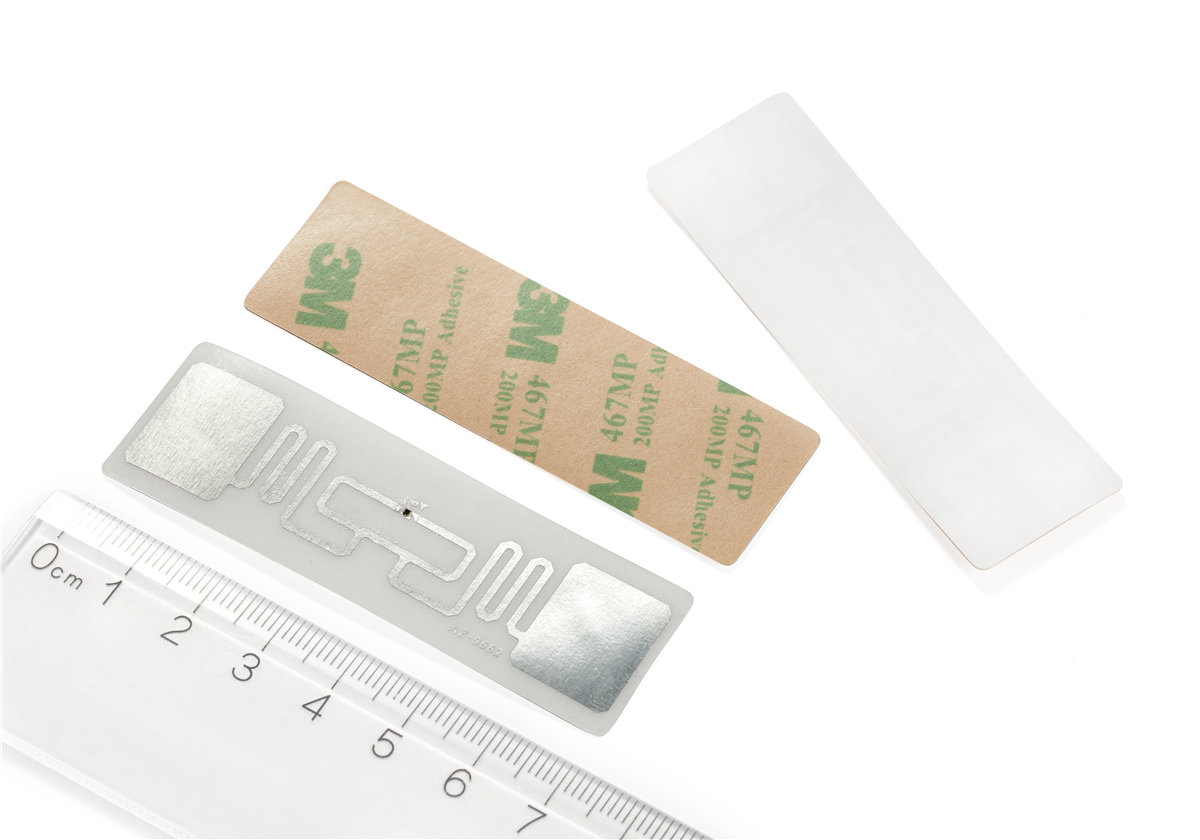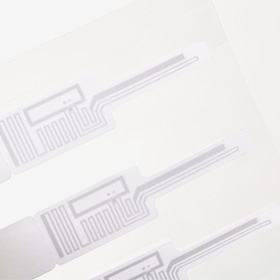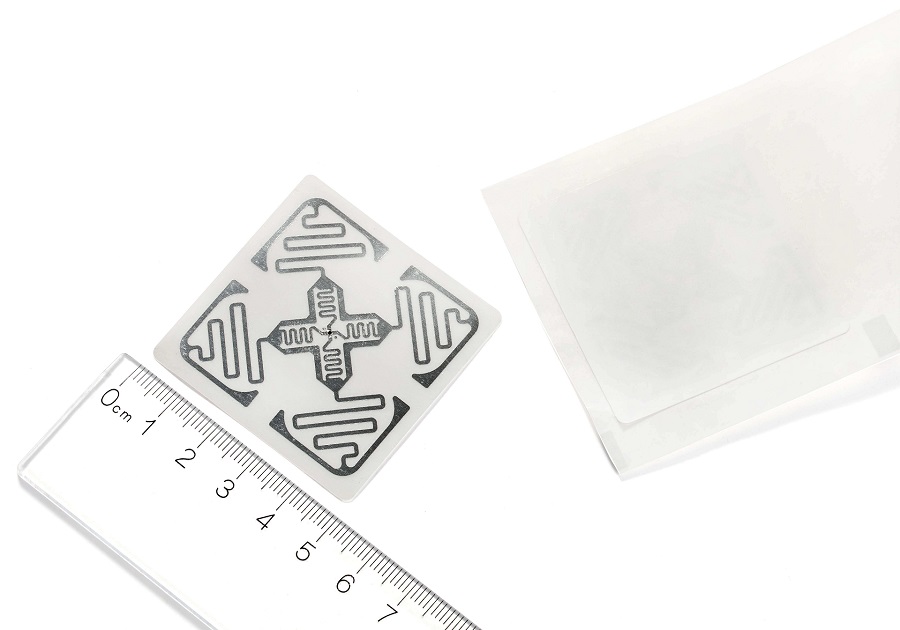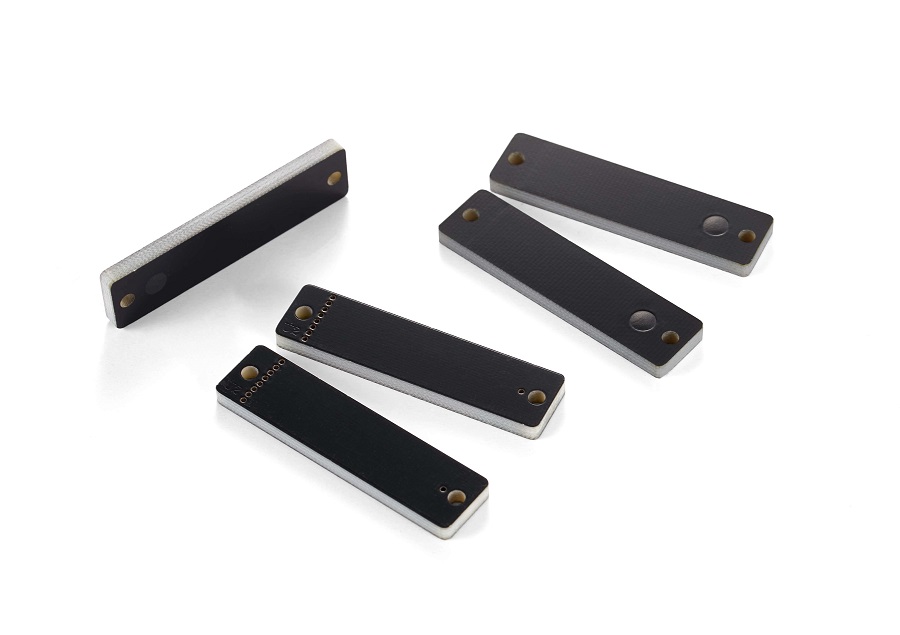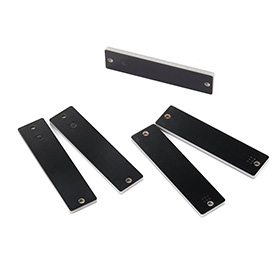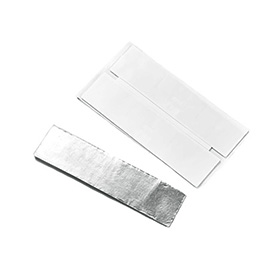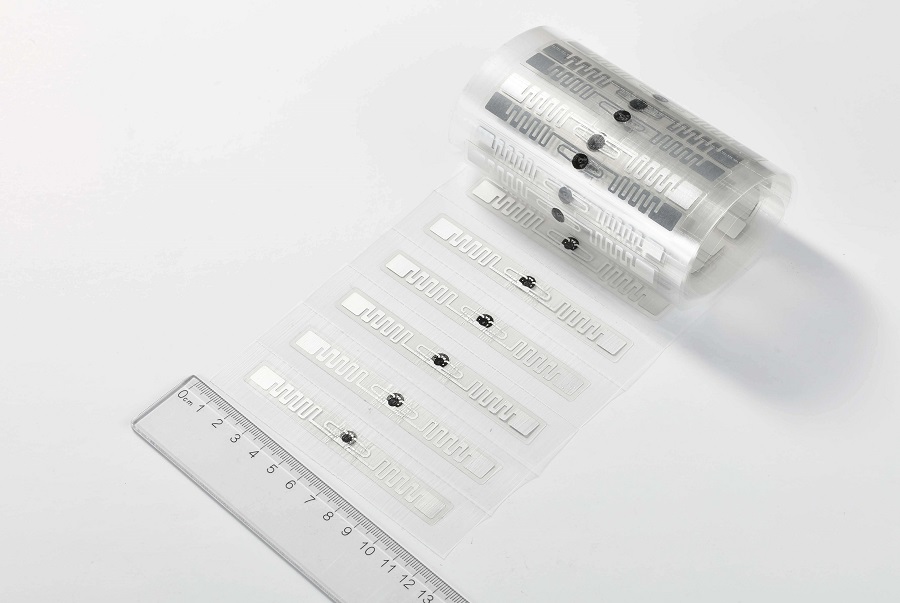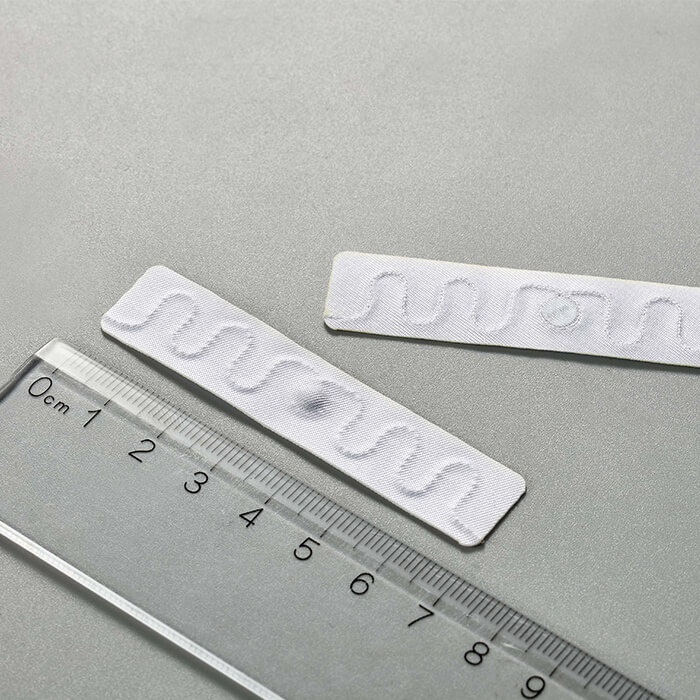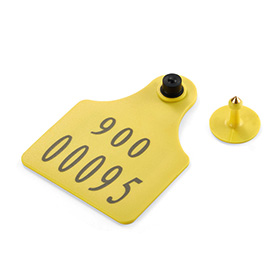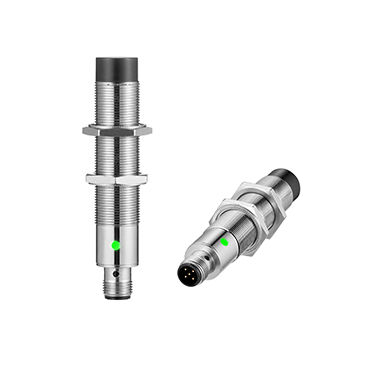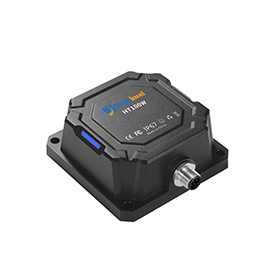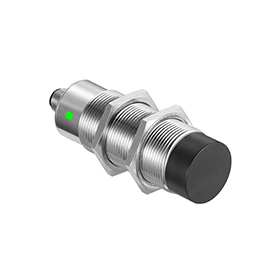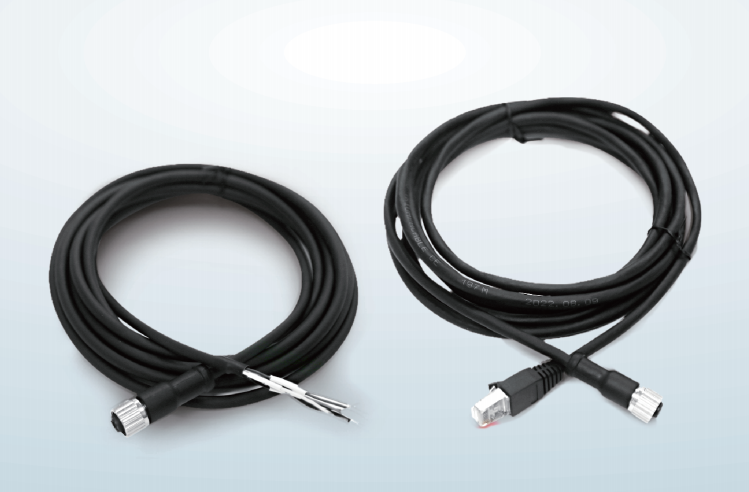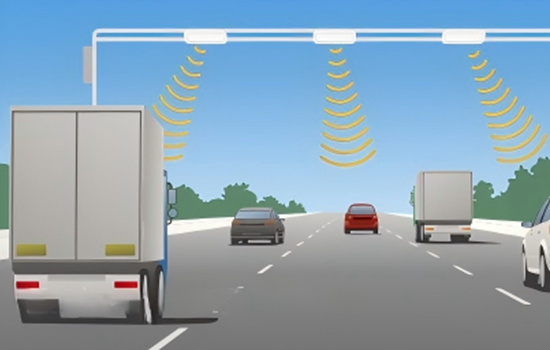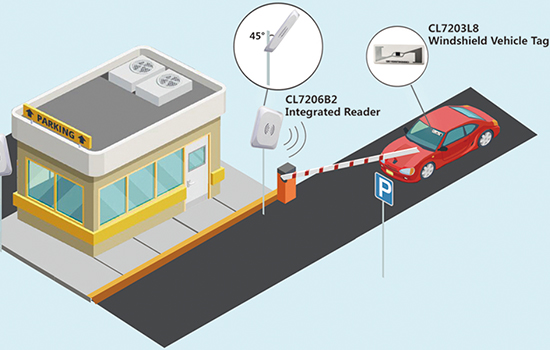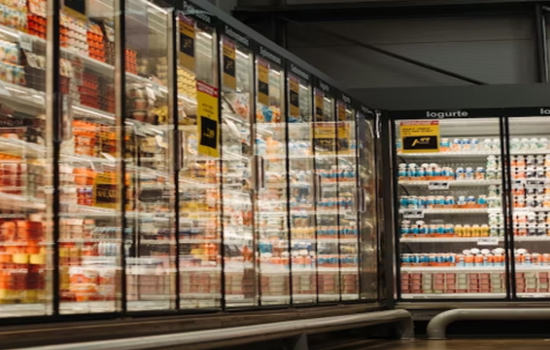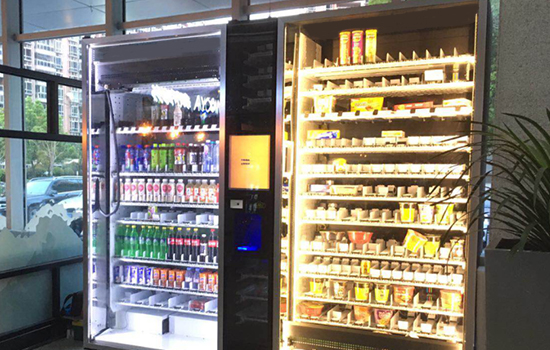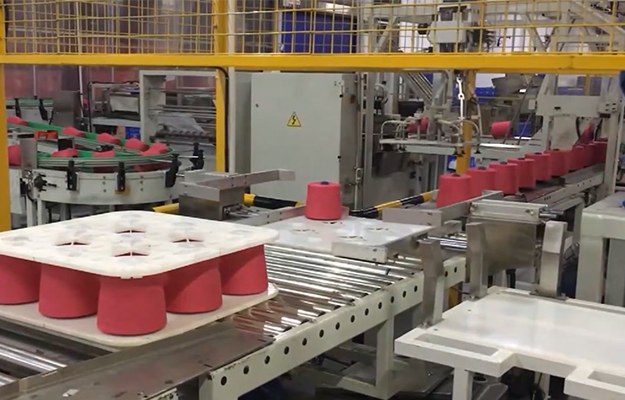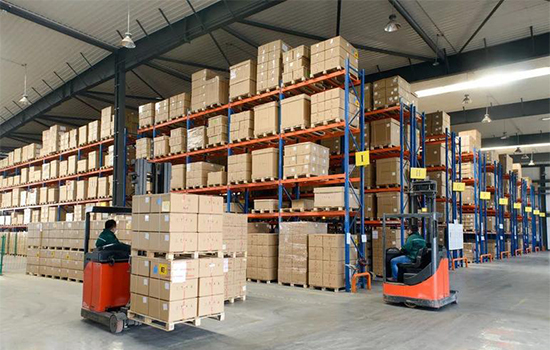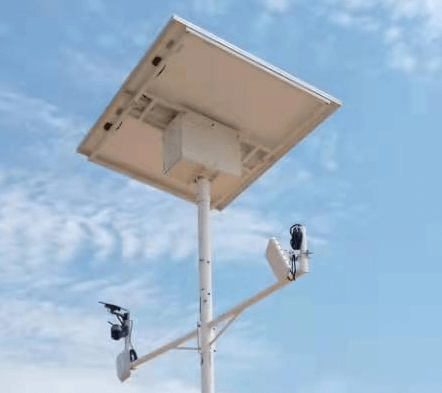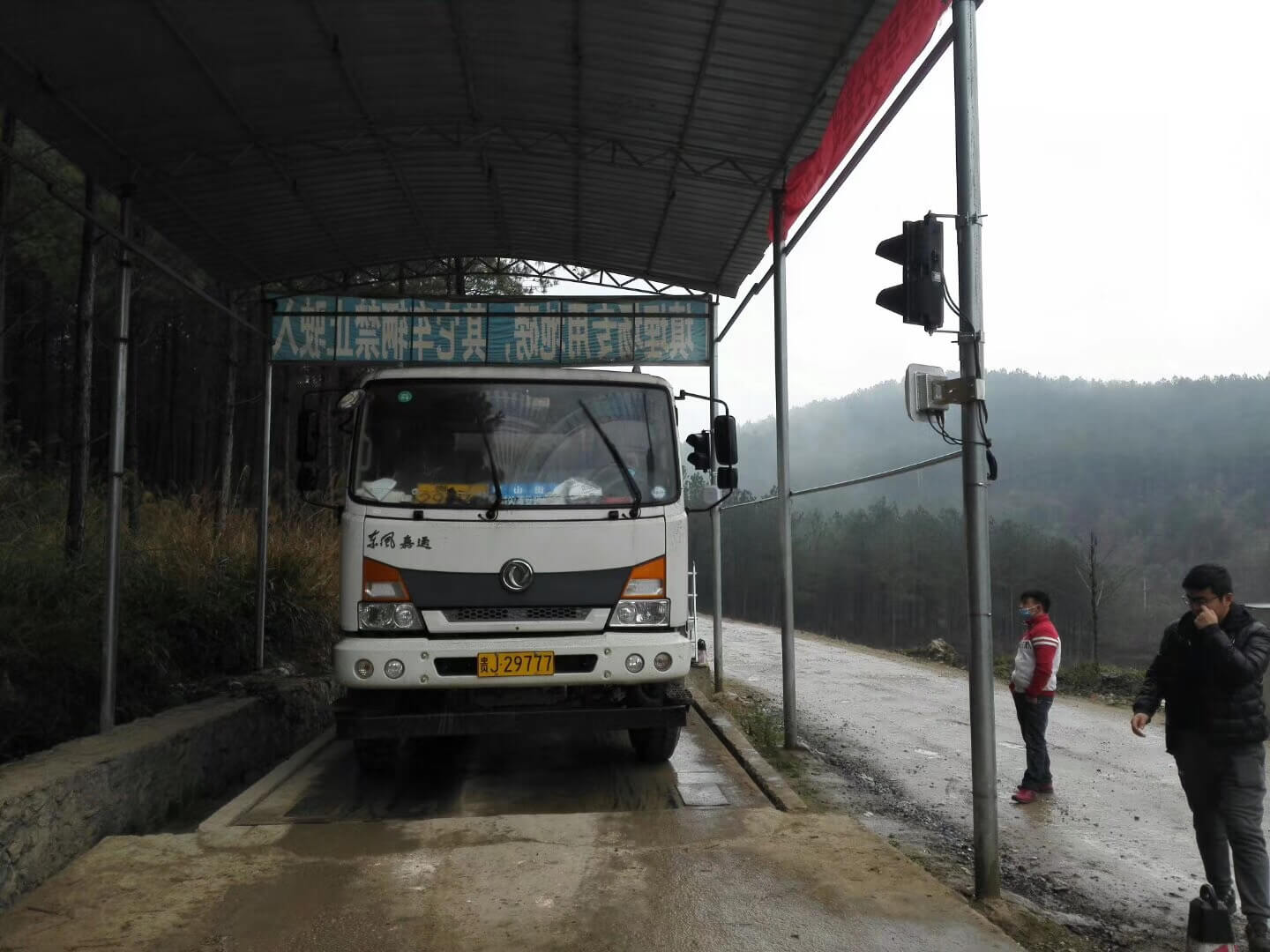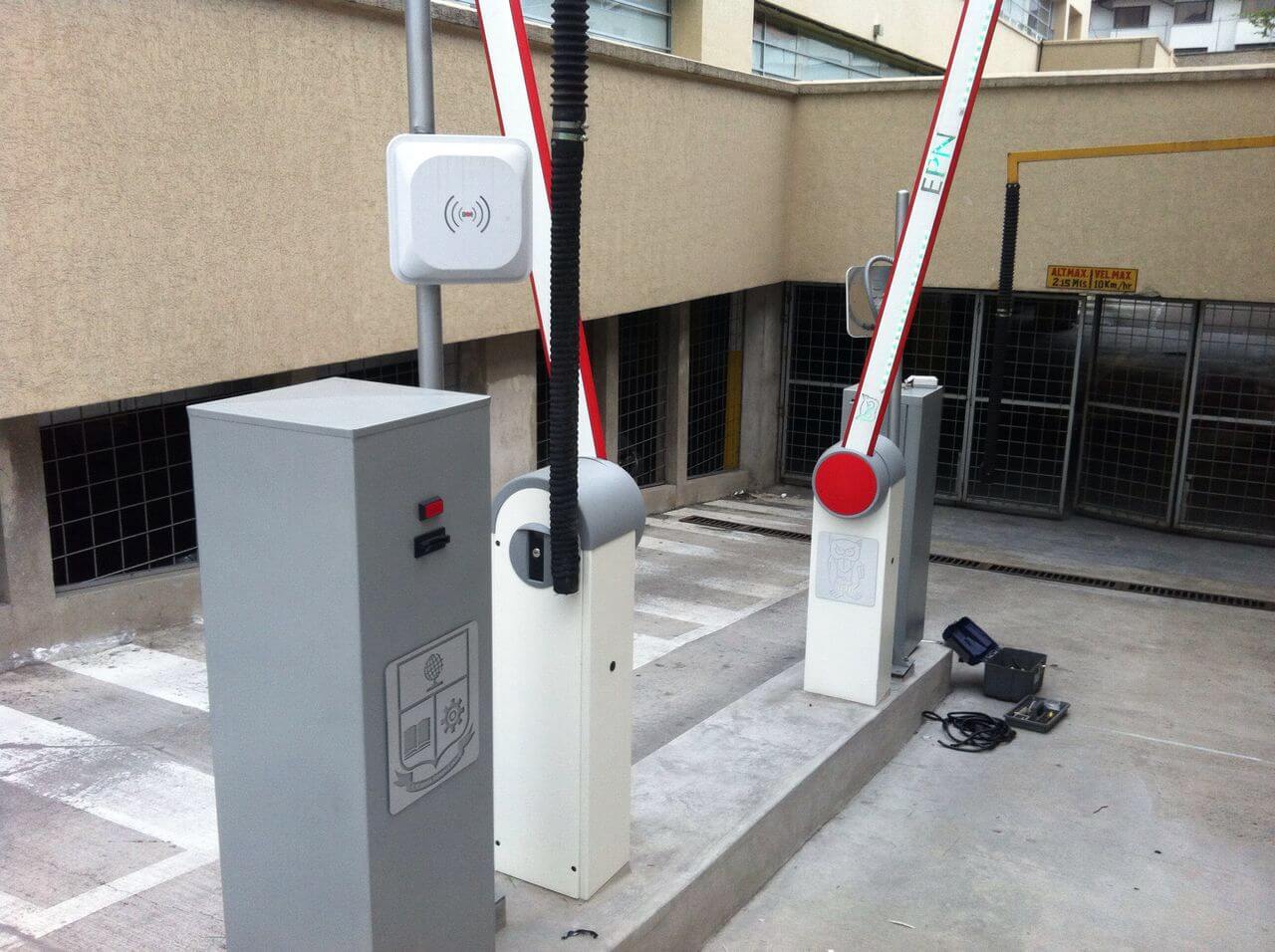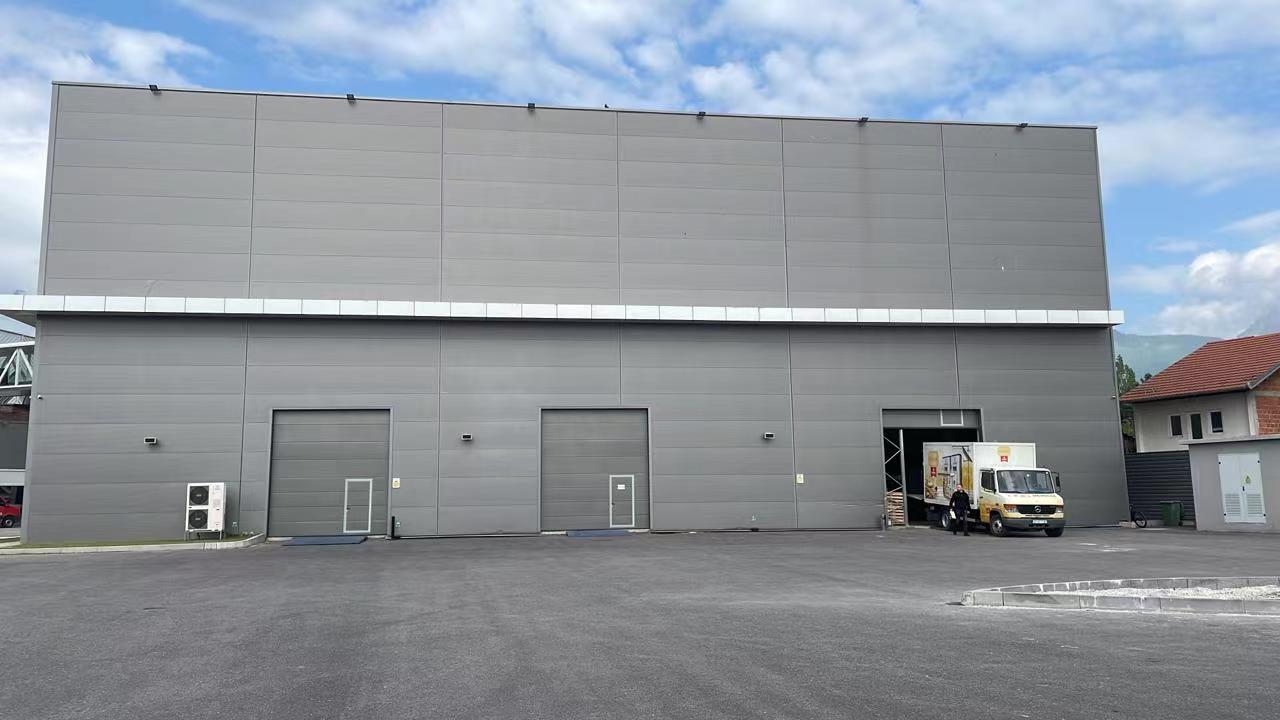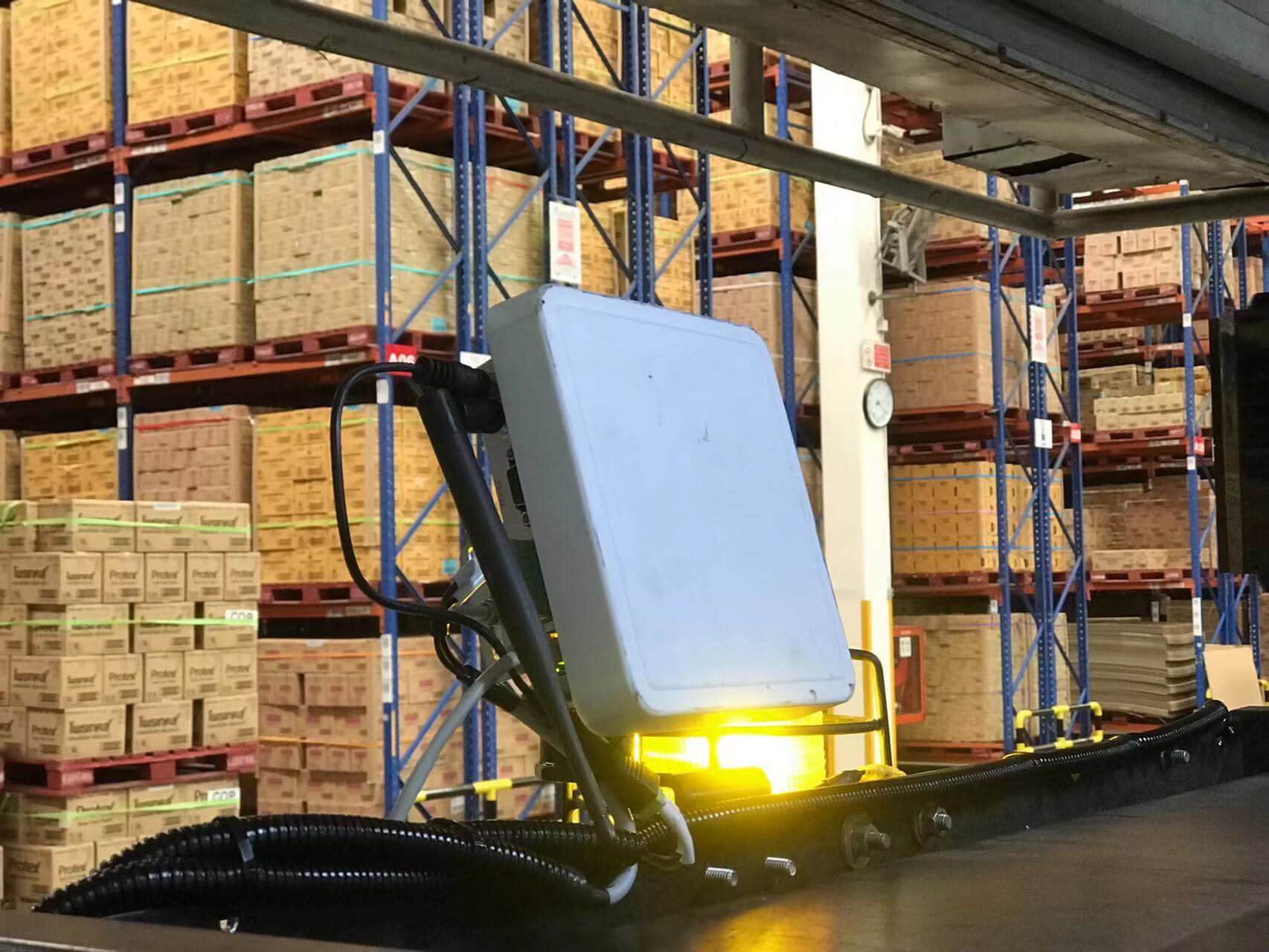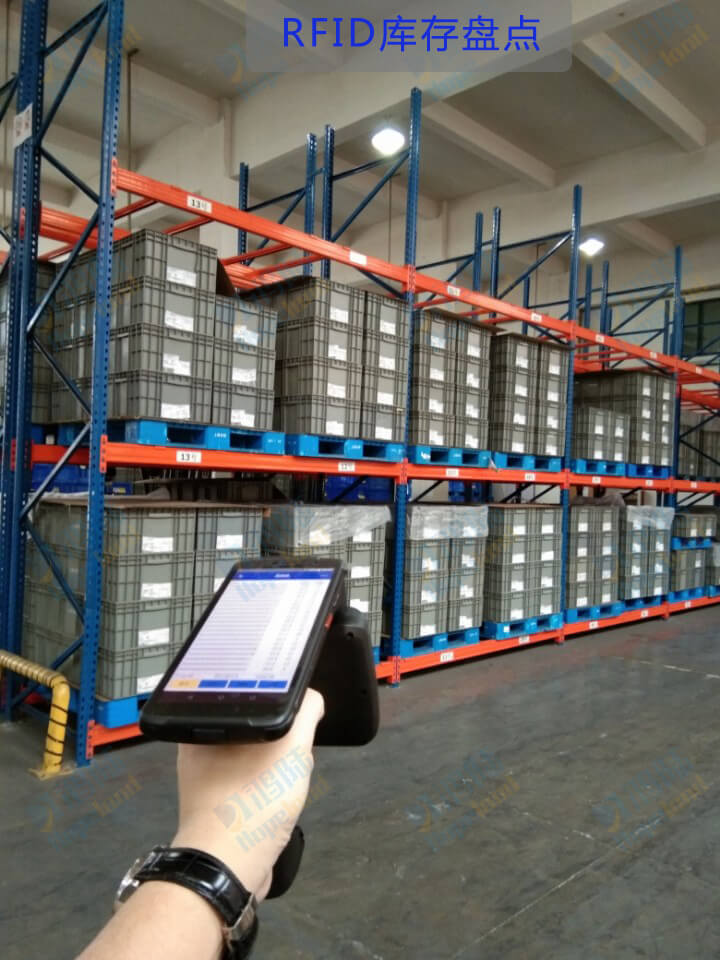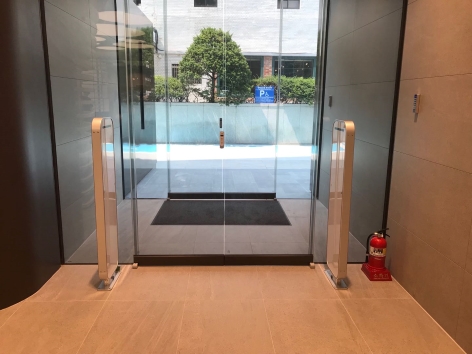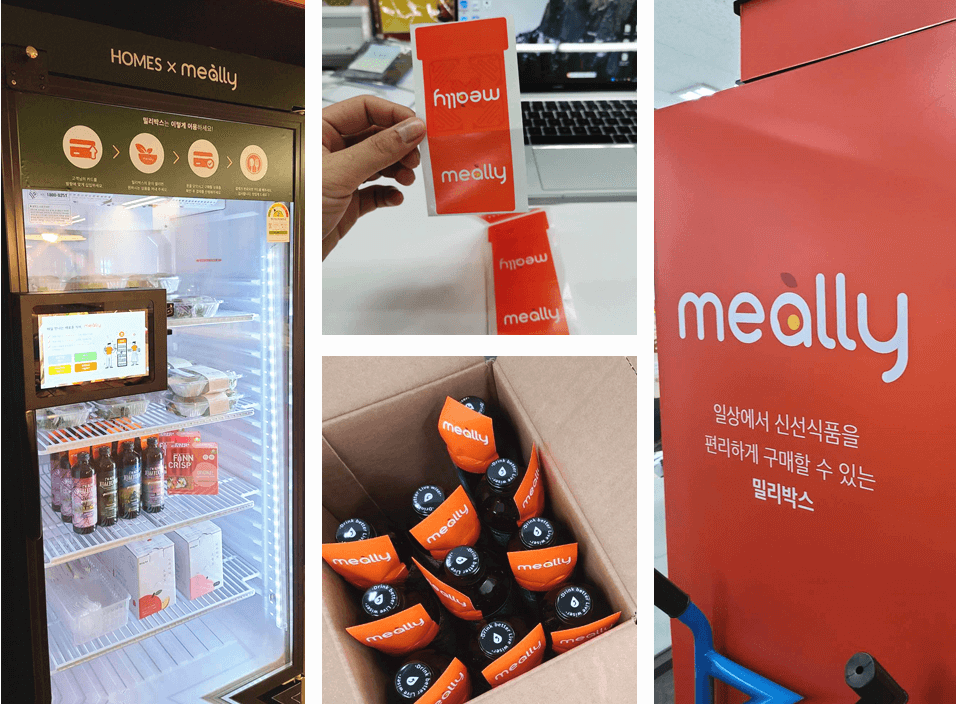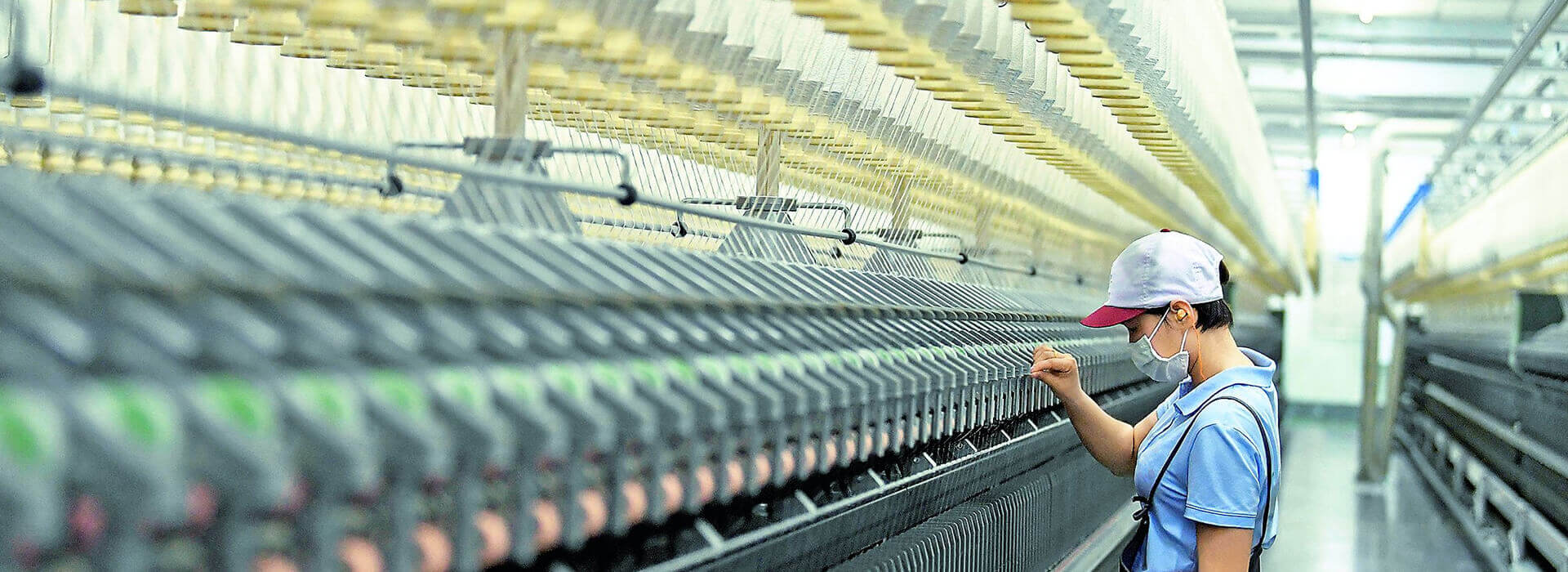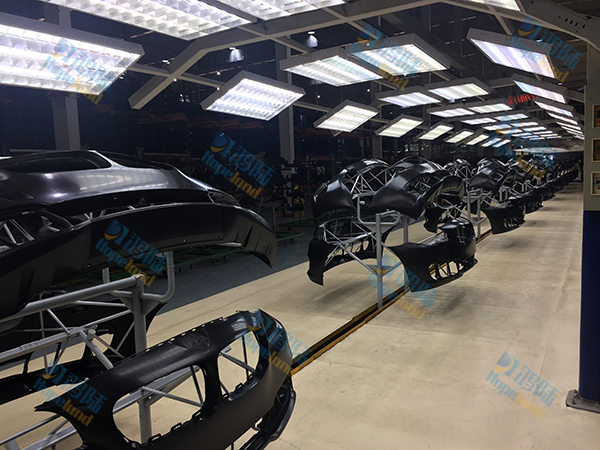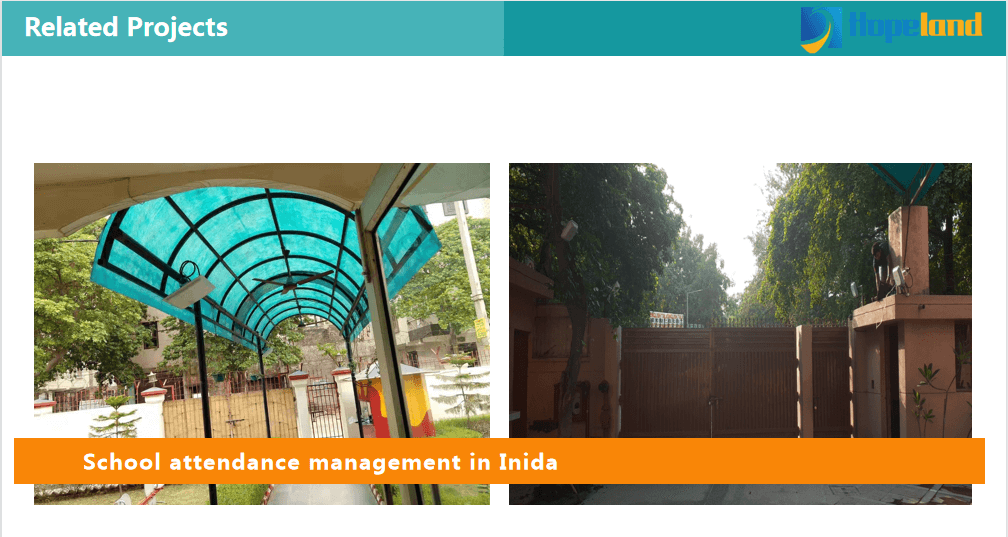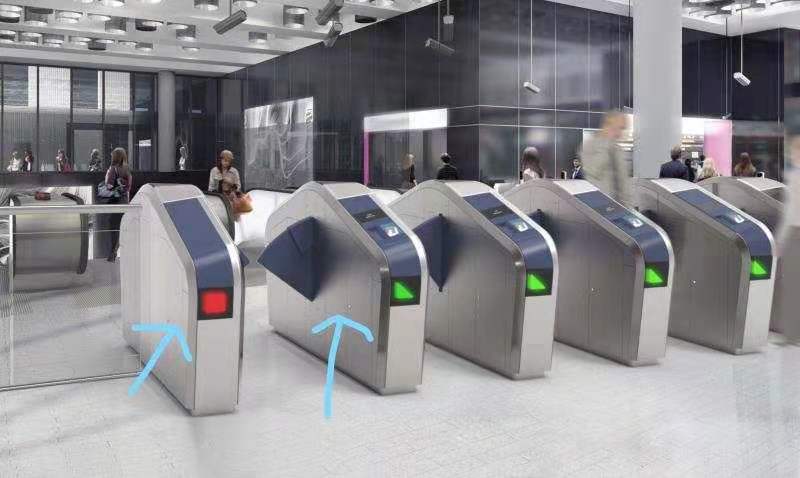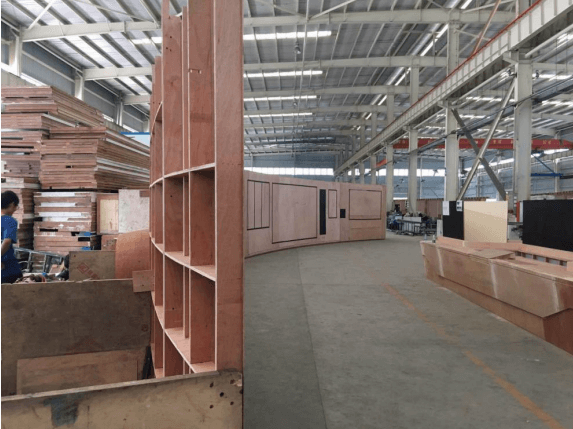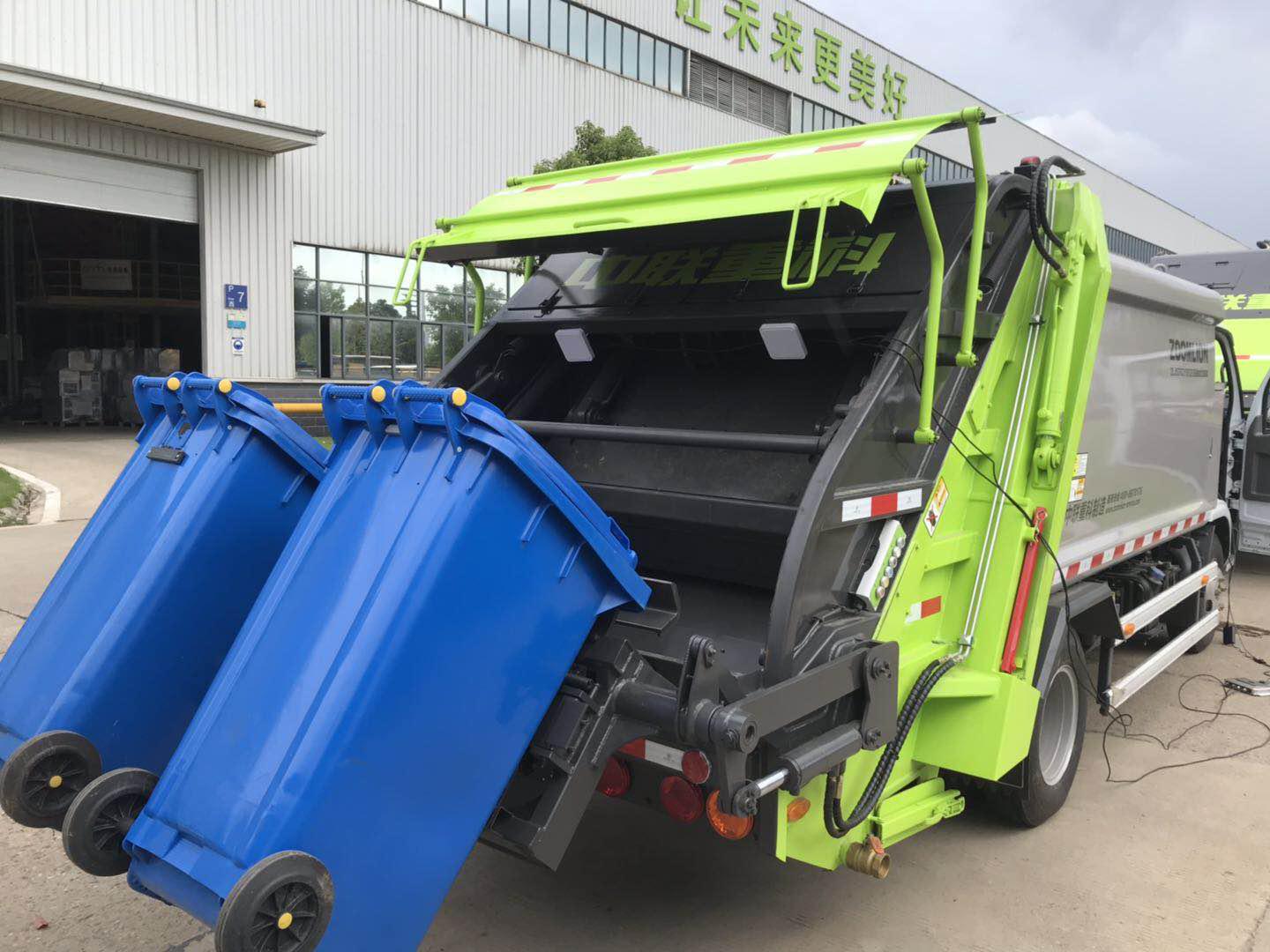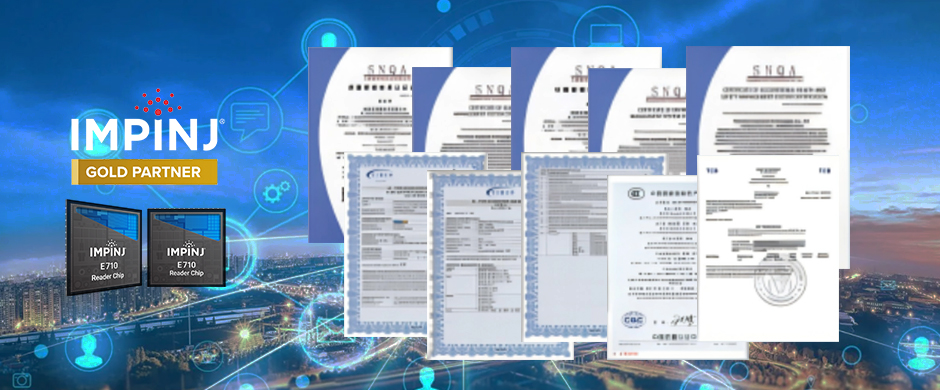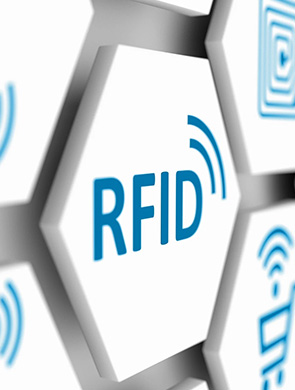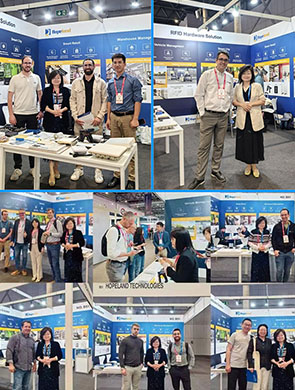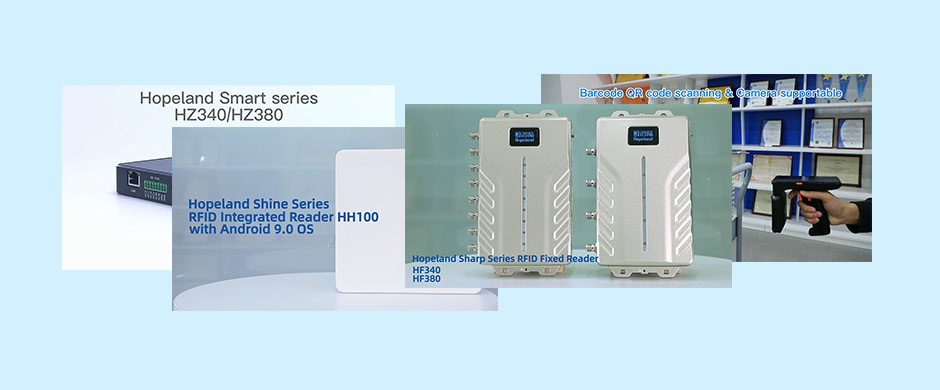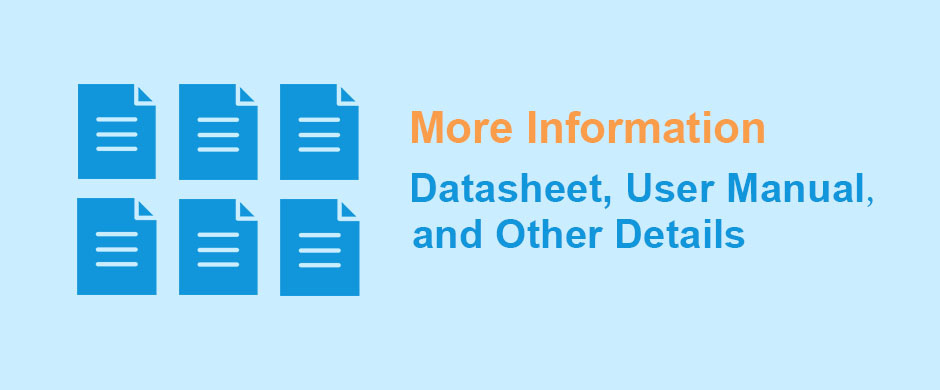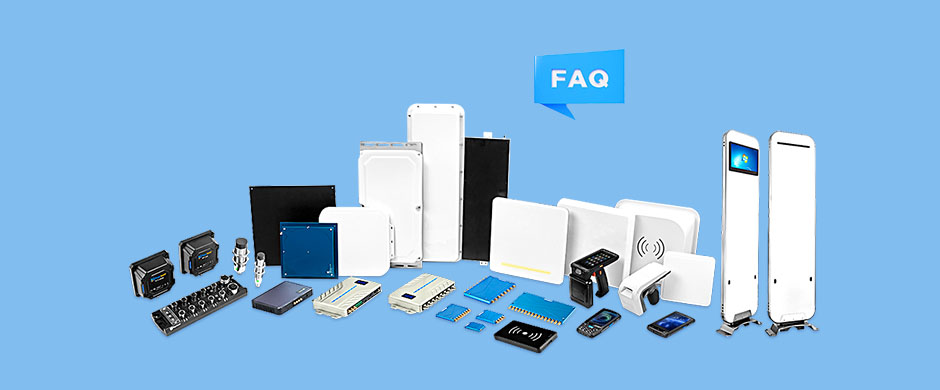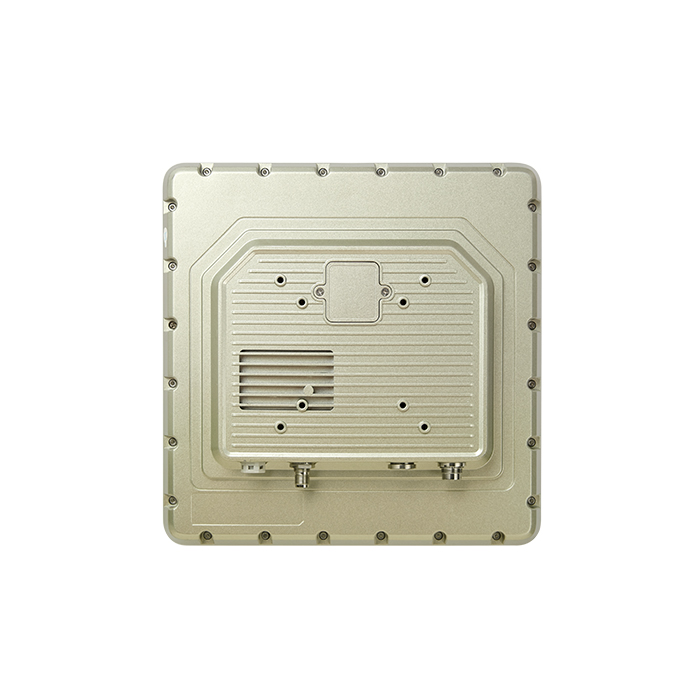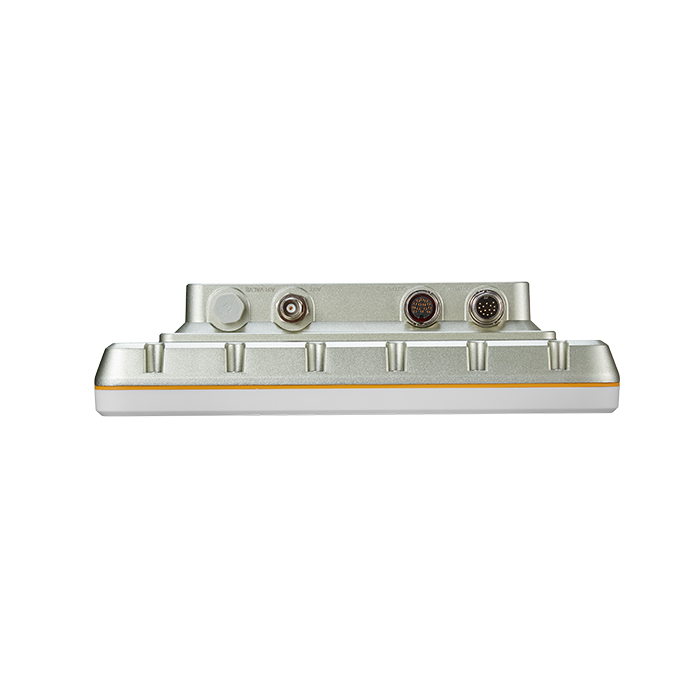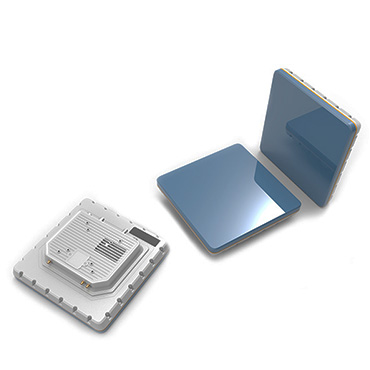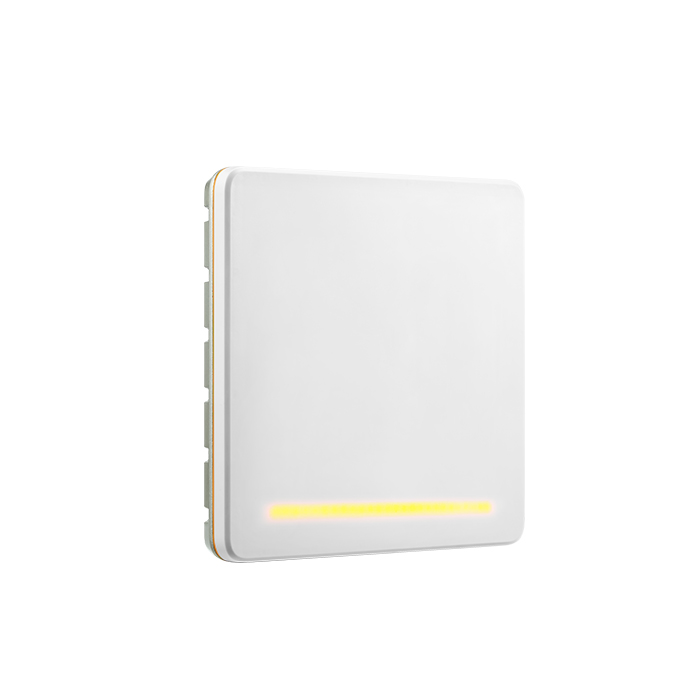
HF100 2-port Integrated RFID reader
Features
-
 Impinj E710 RAIN RFID reader chip(Indy R2000 optional)
Impinj E710 RAIN RFID reader chip(Indy R2000 optional) -
 RJ45, RS-232, RS-485, Wiegand communication interfaces
RJ45, RS-232, RS-485, Wiegand communication interfaces -
 Linux 2.6 OS
Linux 2.6 OS -
 PoE (max 35dbm) Optional
PoE (max 35dbm) Optional -
 Higher Sensitivity -85dbm for best RFID performance
Higher Sensitivity -85dbm for best RFID performance -
 High Protection Level: IP65-67 optional
High Protection Level: IP65-67 optional -
 Wireless communication supportable(Wi-FI, Bluetooth)
Wireless communication supportable(Wi-FI, Bluetooth) -
 LED alarm to show working status
LED alarm to show working status
Highlights

Hopeland HF100 2-port integrated RFID reader is a newly-developed long distance RFID reader that can achieve a long reading distance of 12m. It can support GEN2, V2/ DNA tag and temperature & humidity sensor. This integrated RFID reader can be deployed in smart warehousing, highway toll collection, logistics and more industries.
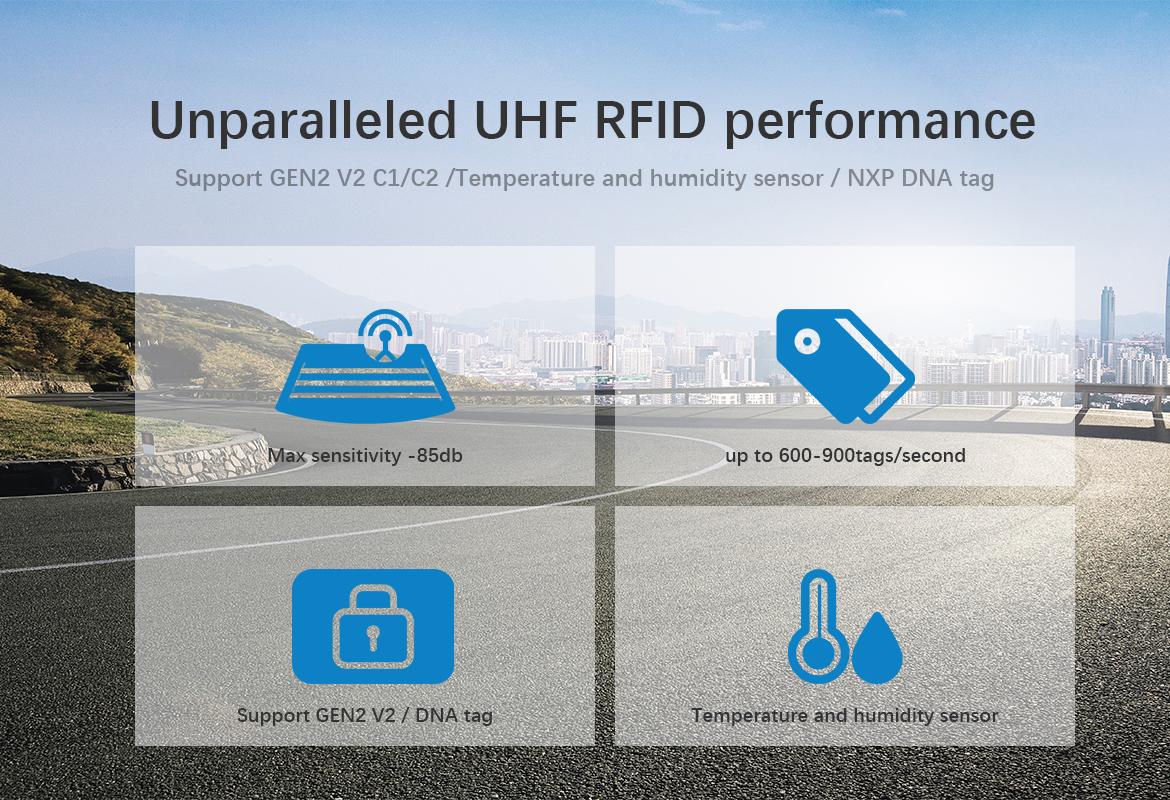


Specifications
-
System
Processor ARM9, 400MHz Memory Flash 128MB; DRAM 32 MB Operating System Linux 2.6 Firmware Upgrade Demo software API Support Windows system– .Net / .Net core / C++ / Java SDK
Android system- Java
Linux system – Java SDK -
Physical
Dimensions 276mm×276mm×71mm Weight G.W. 4.5Kgs Housing Material Die-cast aluminum Visual Status Indicators Power/Status, Ant 1-2 -
RFID
Chipset Impinj Indy R2000/ E710
Air Protocols ISO/IEC18000-6B, 6C / EPC C1Gen2 C2GEN2 optional Frequency 902-928MHz , 865-868MHz,
920-925MHzOutput Power 0dBm-35dBm (±1dBm) adjustable -
Environment
Operating Temperature -25°C - +70°C
Storage Temperature -40°C - +85°C
Operating Humidity 5-95% non-condensing (+25℃)
Applications
Intelligent Transportation
Highway RFID Tolling
With the in-depth development of the world economy, the transportation infrastructure has been greatly improved. However, the traffic capacity of the road network is increasingly unable to meet the needs of traffic growth, and traffic congestion is becoming more and more serious, especially at high-speed toll stations. How to realize the effective command, coordinated control and management of various vehicles has become an important issue for traffic safety management department in different countries and regions.
RFID technology (radio frequency identification technology), as a revolutionary solution to security and management, can effectively solve the traffic issues. Hopeland provides a variety of RFID products, including UHF RFID readers, RFID Antennas, RFID vehicle tags, to promote the management of highway toll collections.
RFID technology (radio frequency identification technology), as a revolutionary solution to security and management, can effectively solve the traffic issues. Hopeland provides a variety of RFID products, including UHF RFID readers, RFID Antennas, RFID vehicle tags, to promote the management of highway toll collections.
View Details
Intelligent Transportation
RFID Parking Access
Currently the vehicle management of parking yard mainly depends on manual recording, through manual transcribing the identification number at the front of the vehicle sequence number (the car in front of the bar code) registration identification.
Registered vehicles cannot be ensured in the field, although for different zoning, established the identity of cardboard. When we want to find out a specific vehicle, the process will be much time-consuming and cumbersome. Sometimes, some cars are not observed, the presence of area stopped for a long time and has not been sold. The stock situation cannot be timely to be controlled. For this situation, we need to implement automatic vehicle access registration, to achieve partition statistics, sales statistics, long stay and early-warning capabilities, making it imperative. Therefore, we need a new system to replace the existing system, which using more scientific and reasonable methods to reach vehicle monitoring.
Registered vehicles cannot be ensured in the field, although for different zoning, established the identity of cardboard. When we want to find out a specific vehicle, the process will be much time-consuming and cumbersome. Sometimes, some cars are not observed, the presence of area stopped for a long time and has not been sold. The stock situation cannot be timely to be controlled. For this situation, we need to implement automatic vehicle access registration, to achieve partition statistics, sales statistics, long stay and early-warning capabilities, making it imperative. Therefore, we need a new system to replace the existing system, which using more scientific and reasonable methods to reach vehicle monitoring.
View Details
Warehousing & Logistics
Smart Warehousing
Modern warehouse storage is not only to complete the simple batch processing of goods in and out, but also to make clear database records of the types, quantities, production attributes, stacking positions and other information of goods in the warehouse. In order to obtain accurate product data and supply chain information at all stages of the logistics chain.
At present, the one-dimensional barcode/two-dimensional barcode identification technology has been widely used in the management of item classification and labeling. However, its barcode technology relies on visible light scanning reflection, has low recognition rate, is easy to break, contaminates, is sensitive to media such as water and oil, and stores a limited amount of information, which affects its application in large-scale logistics management.
RFID radio frequency identification technology is a typical representative of automatic identification technology. It has high recognition accuracy, reliable performance, large amount of stored information, resistance to oil and sewage washing, etc. It is especially suitable for automatic identification requirements in industrial environments. The use of RFID tags to replace barcodes and other identification products can effectively complete the automatic management of warehousing and realize automatic collection, automatic processing and information reporting of product information.
At present, the one-dimensional barcode/two-dimensional barcode identification technology has been widely used in the management of item classification and labeling. However, its barcode technology relies on visible light scanning reflection, has low recognition rate, is easy to break, contaminates, is sensitive to media such as water and oil, and stores a limited amount of information, which affects its application in large-scale logistics management.
RFID radio frequency identification technology is a typical representative of automatic identification technology. It has high recognition accuracy, reliable performance, large amount of stored information, resistance to oil and sewage washing, etc. It is especially suitable for automatic identification requirements in industrial environments. The use of RFID tags to replace barcodes and other identification products can effectively complete the automatic management of warehousing and realize automatic collection, automatic processing and information reporting of product information.
View Details
Send A Message
Related Products
-
HY820UHF RFID handheld terminalImpinj E710 Supportable,UHF 25M Read Range;Industrial IP65 Rugged,1.5M Drop Test,Suitable For Different Harsh EnvironmentDetails
-
HZ100Long reading Integrated RFID ReaderHigh performance Integrated UHF RFID reader HZ100, updated from
CL7206B5A, supporting ISO18000-6C protocol, long range RFID reading,
fast identification, excellent multi-tag reading, strong anti-collision,
automatic reading, white list functions.
Widely used fixed asset management, logistic, warehouse inventory, products
tracking transshipment , e parking system vehicle management, production automation etc.Details -
HH340IoT Fixed Android RFID ReaderHopeland HH340 is a 4-port Android-based fixed RFID reader integrated with Impinj R2000/E710 RFID chip. This long range UHF RFID reader supports RJ45, RS485, Wiegand, USB, Bluetooth, WIFI, 4G, etc. as well as supports MQTT to provide real-time and reliable messaging services. It also supports sending data directly to the database.Details
-
HZ53016-Port UHF RFID ModuleHZ530 16-Port UHF RFID Module is specialized module for developing 16-port fixed RFID reader and Smart RFID cabinet system. Based on Impinj R2000 chip platform, with 16 channels of SMA interfaces for RFID antennas, it support multiple-tag and long range reading.Details

